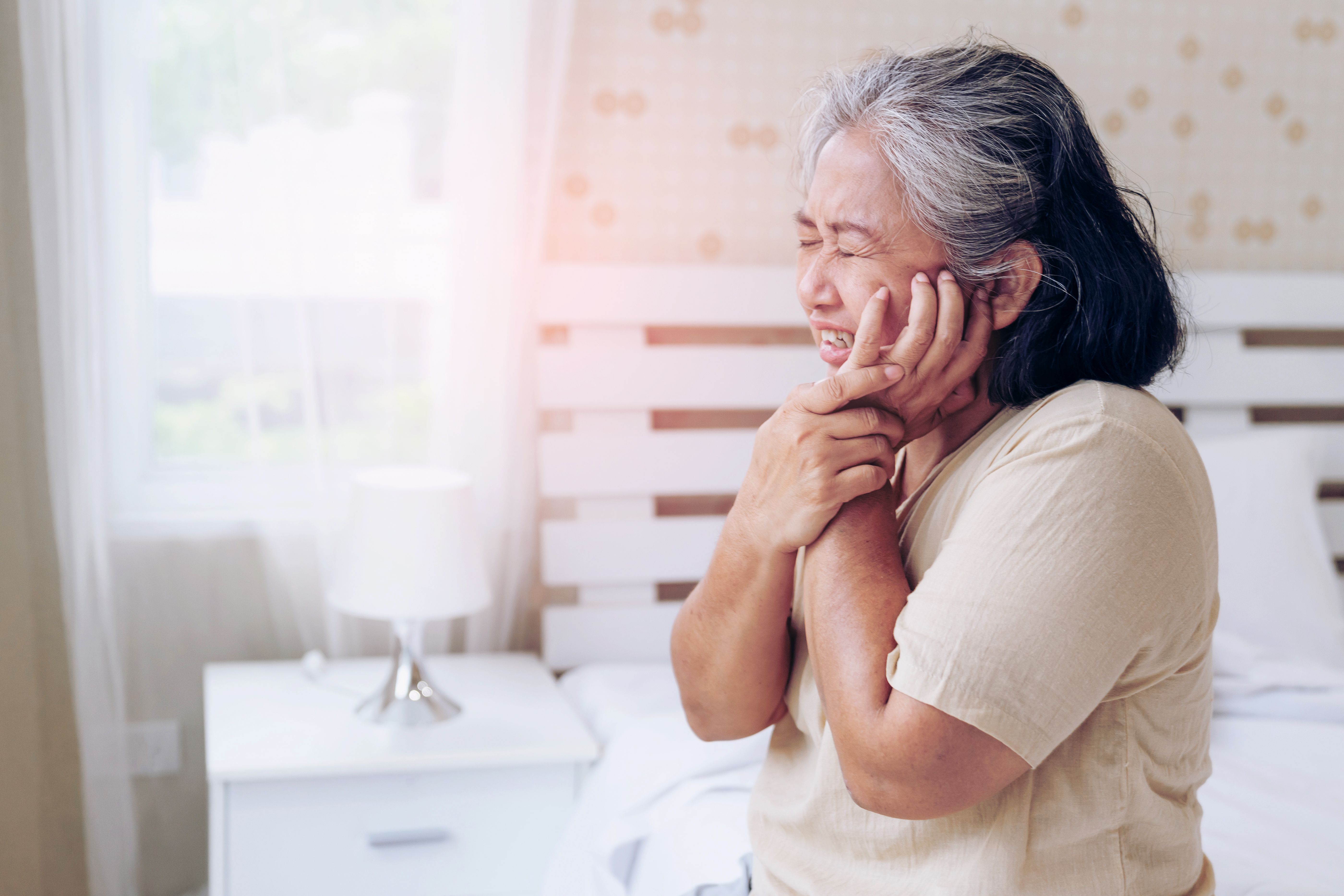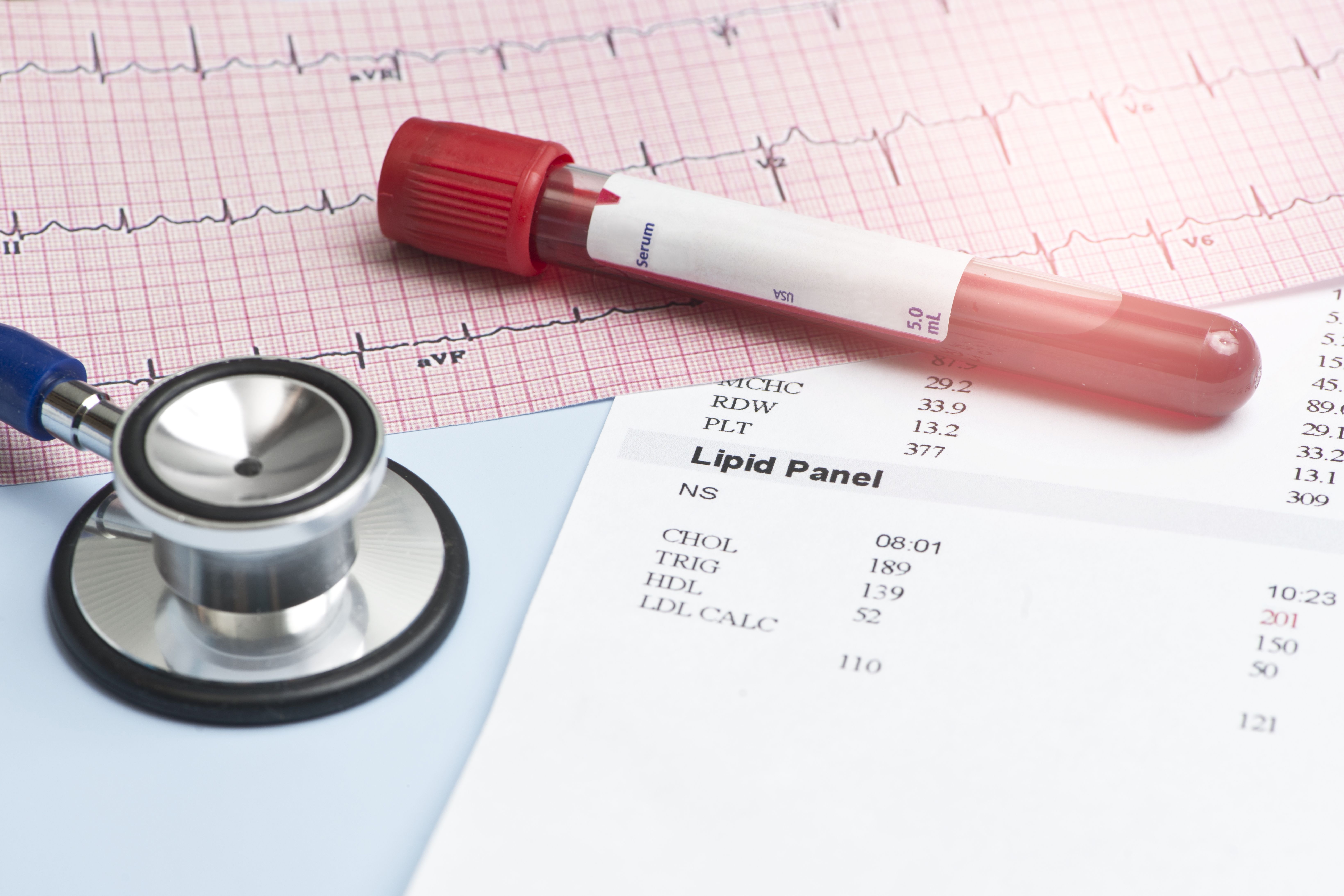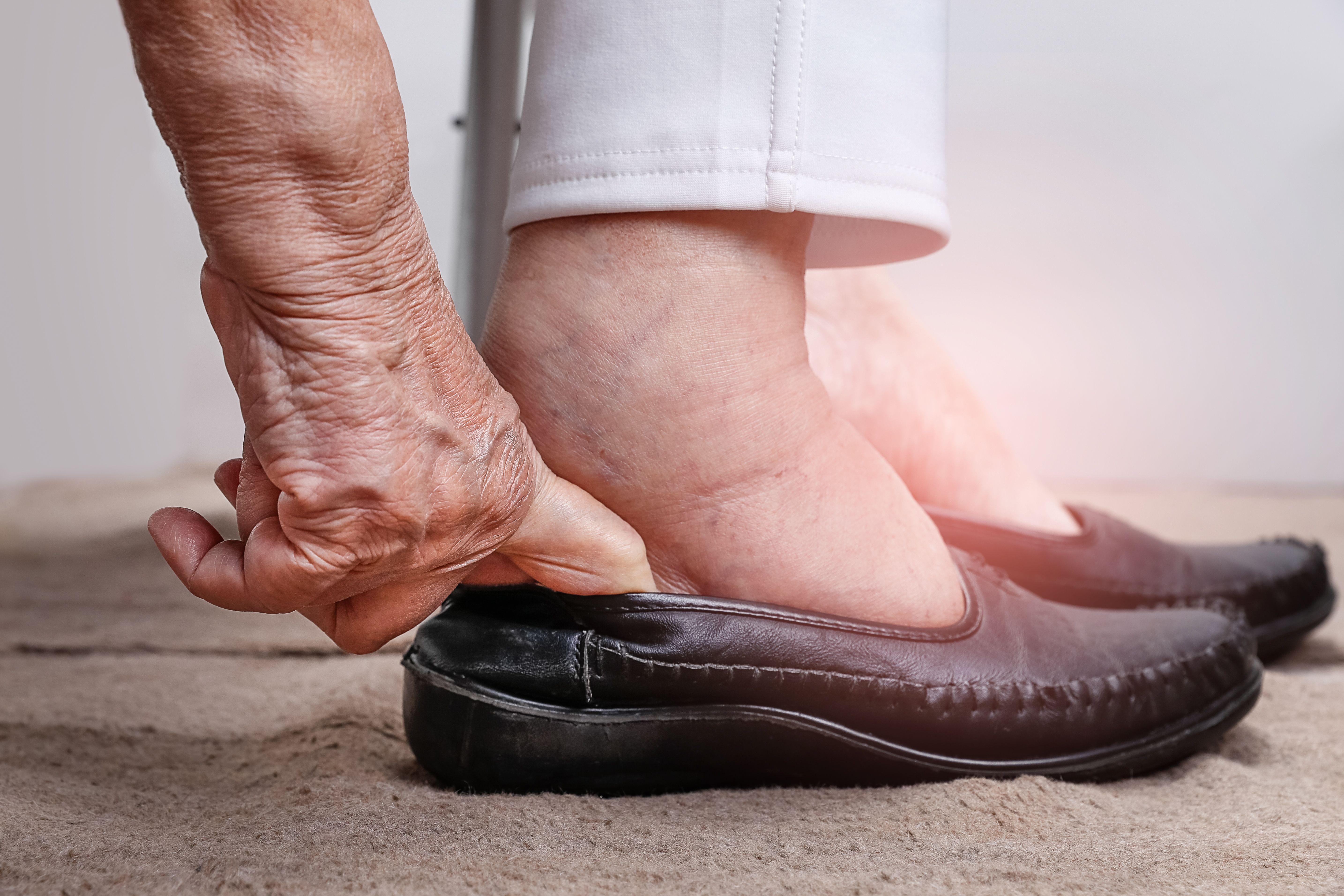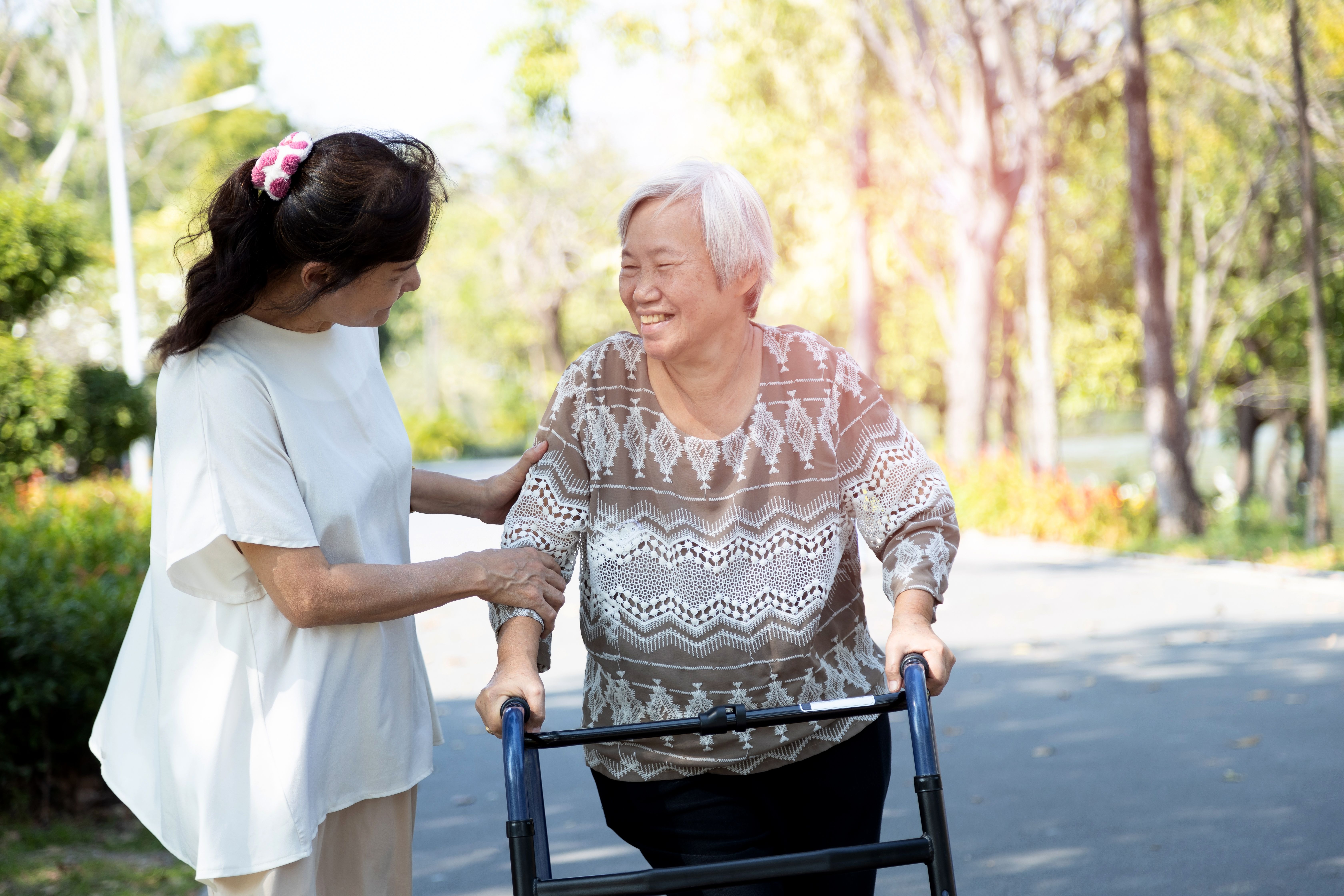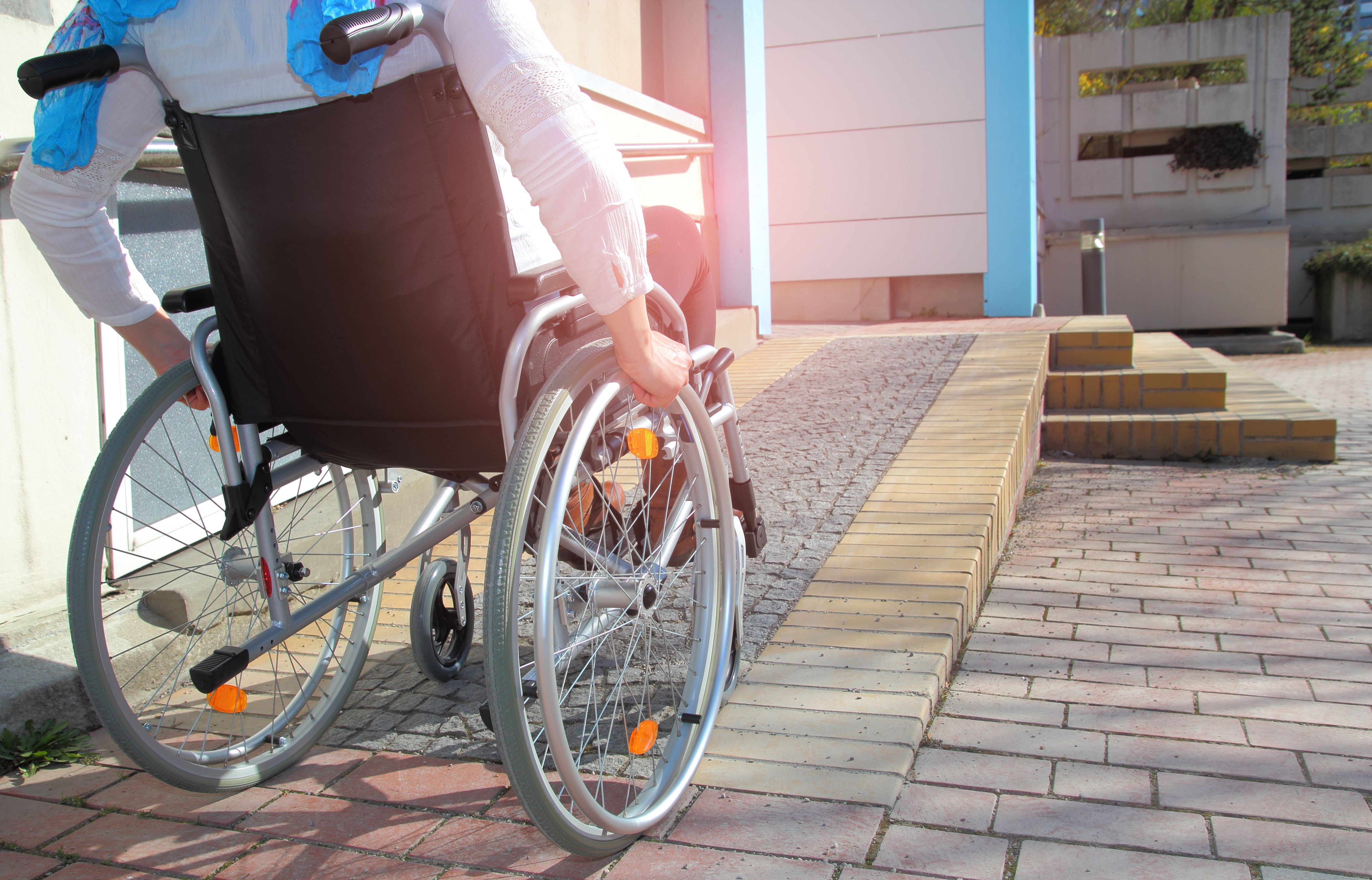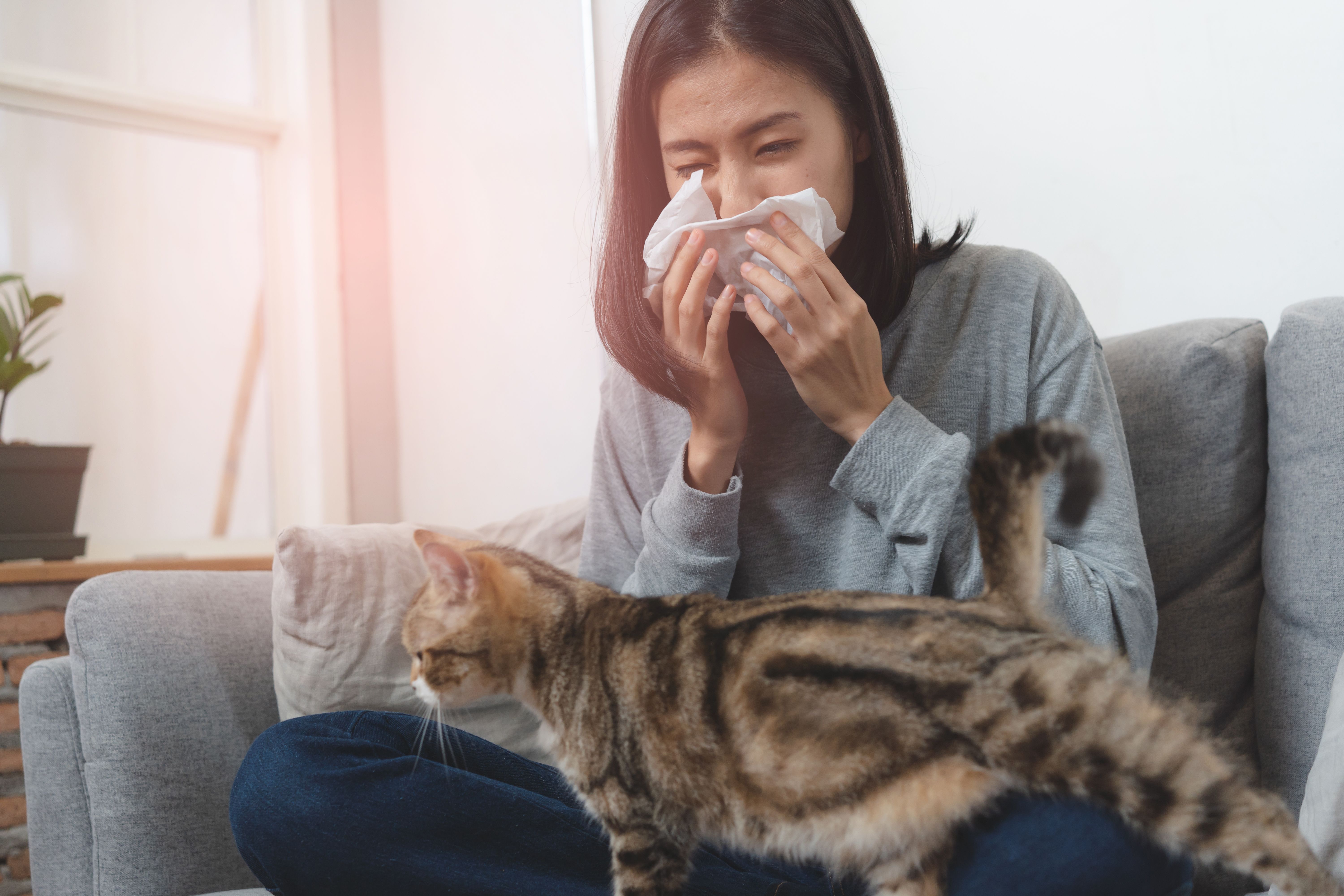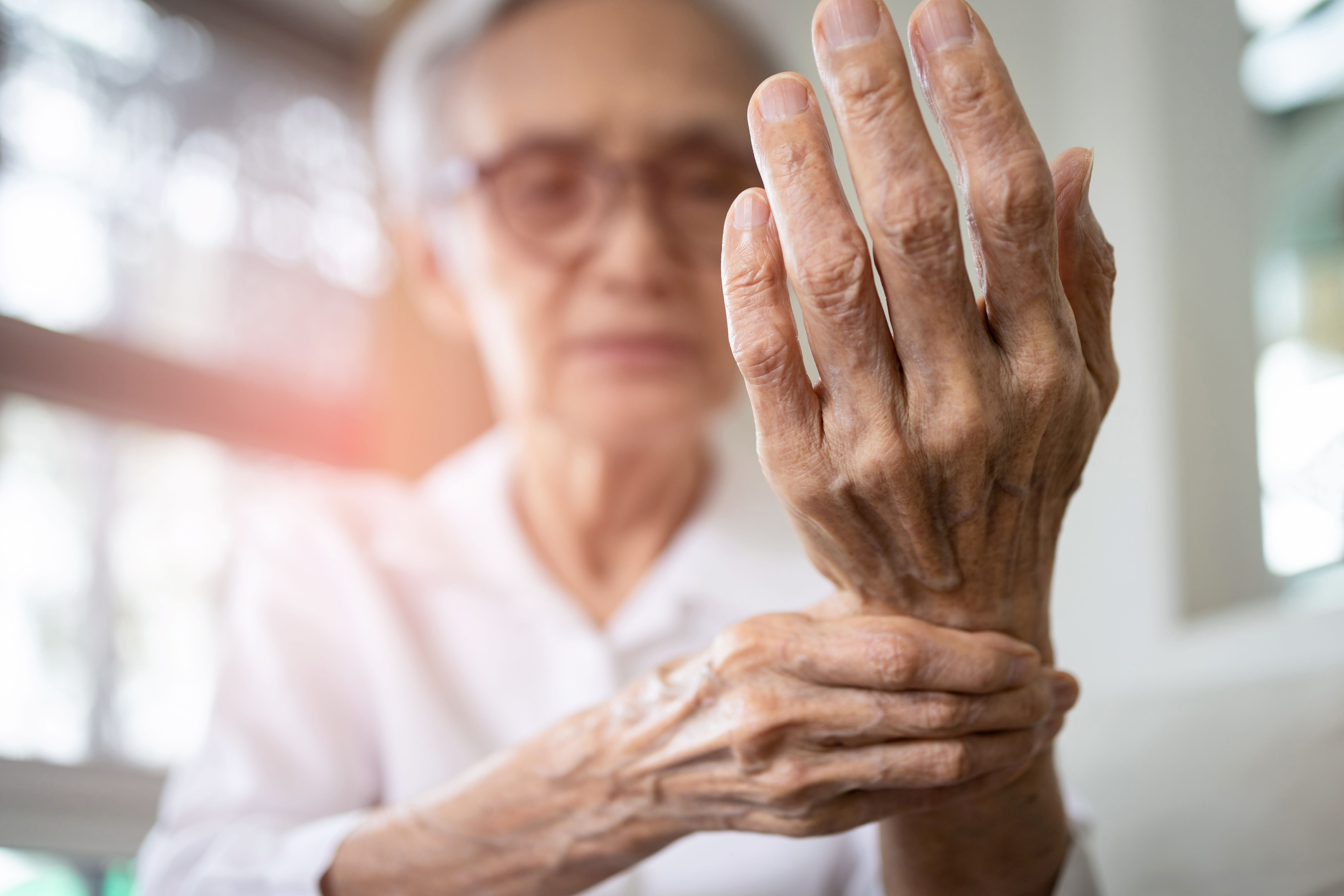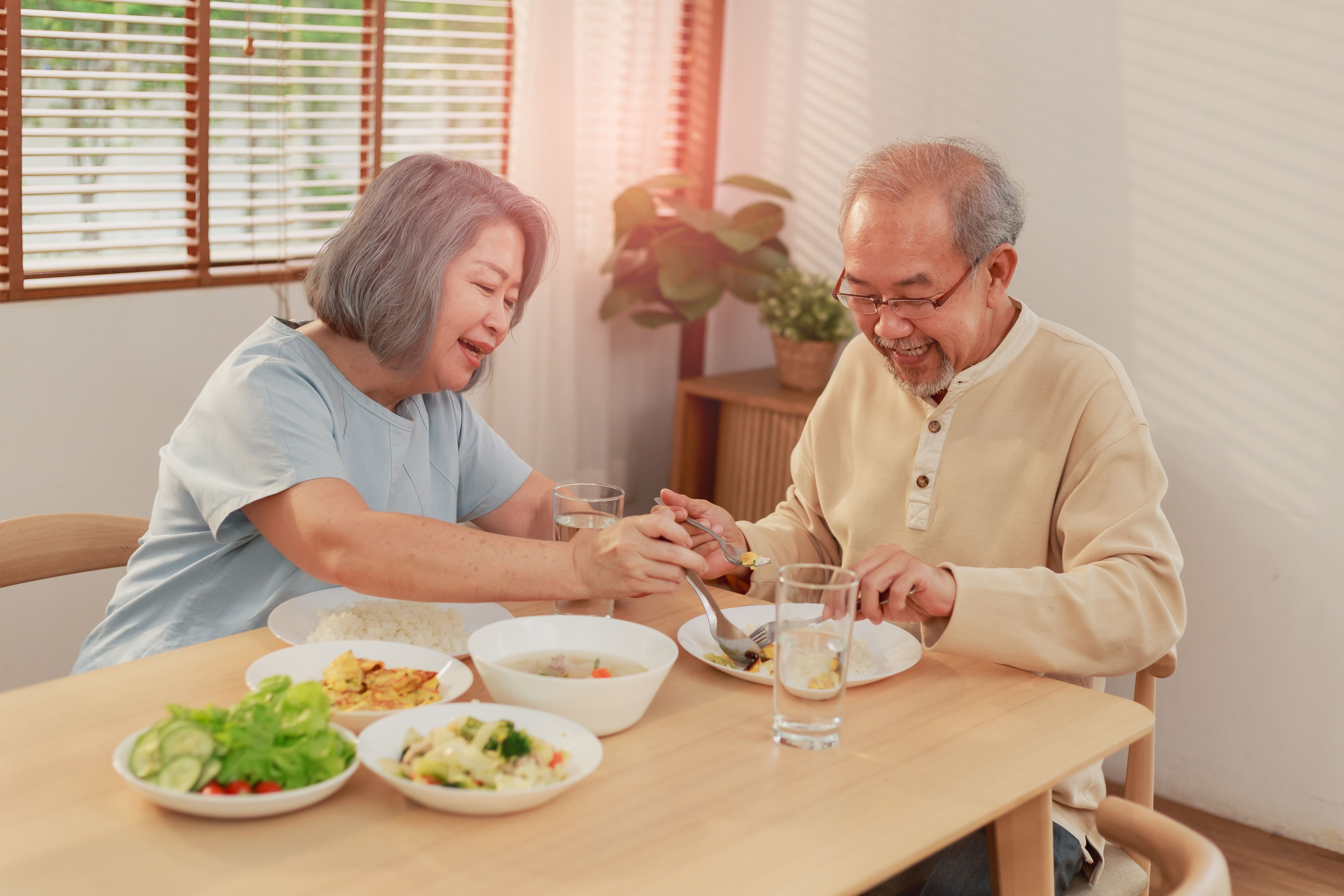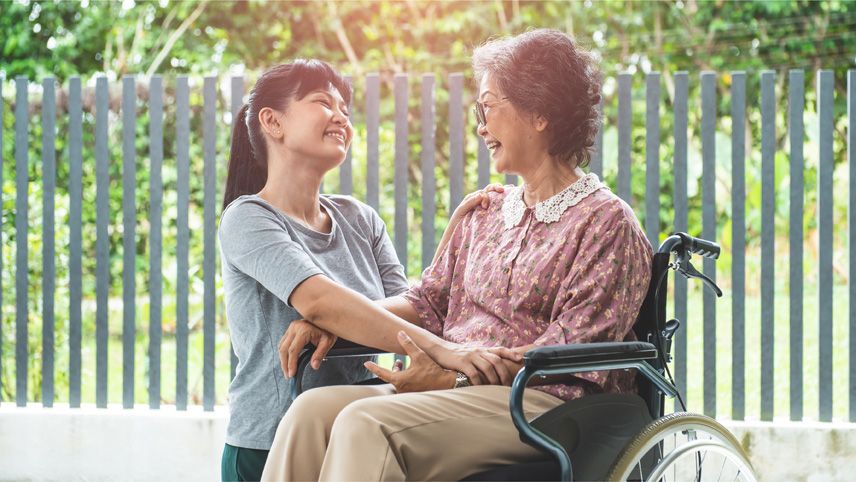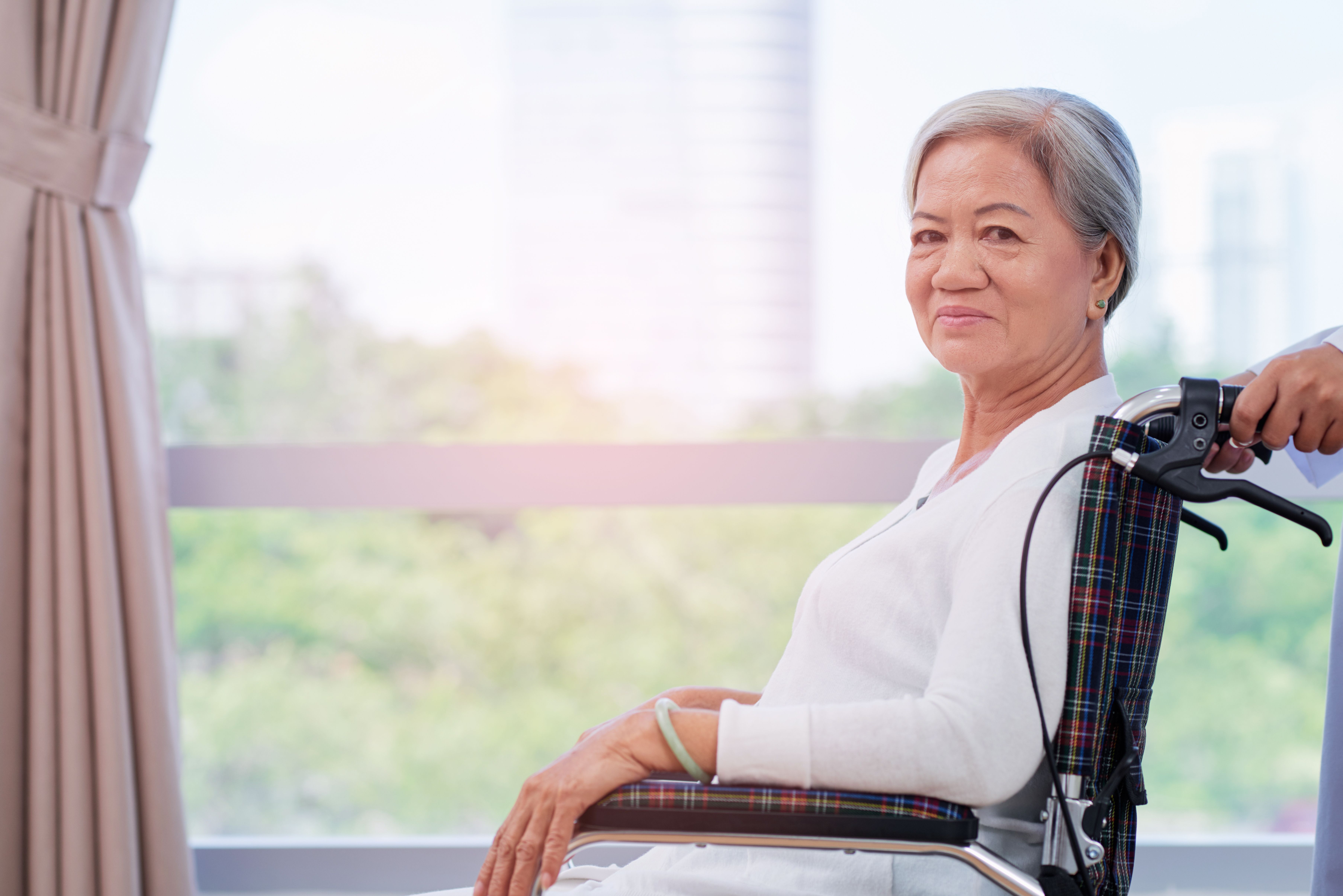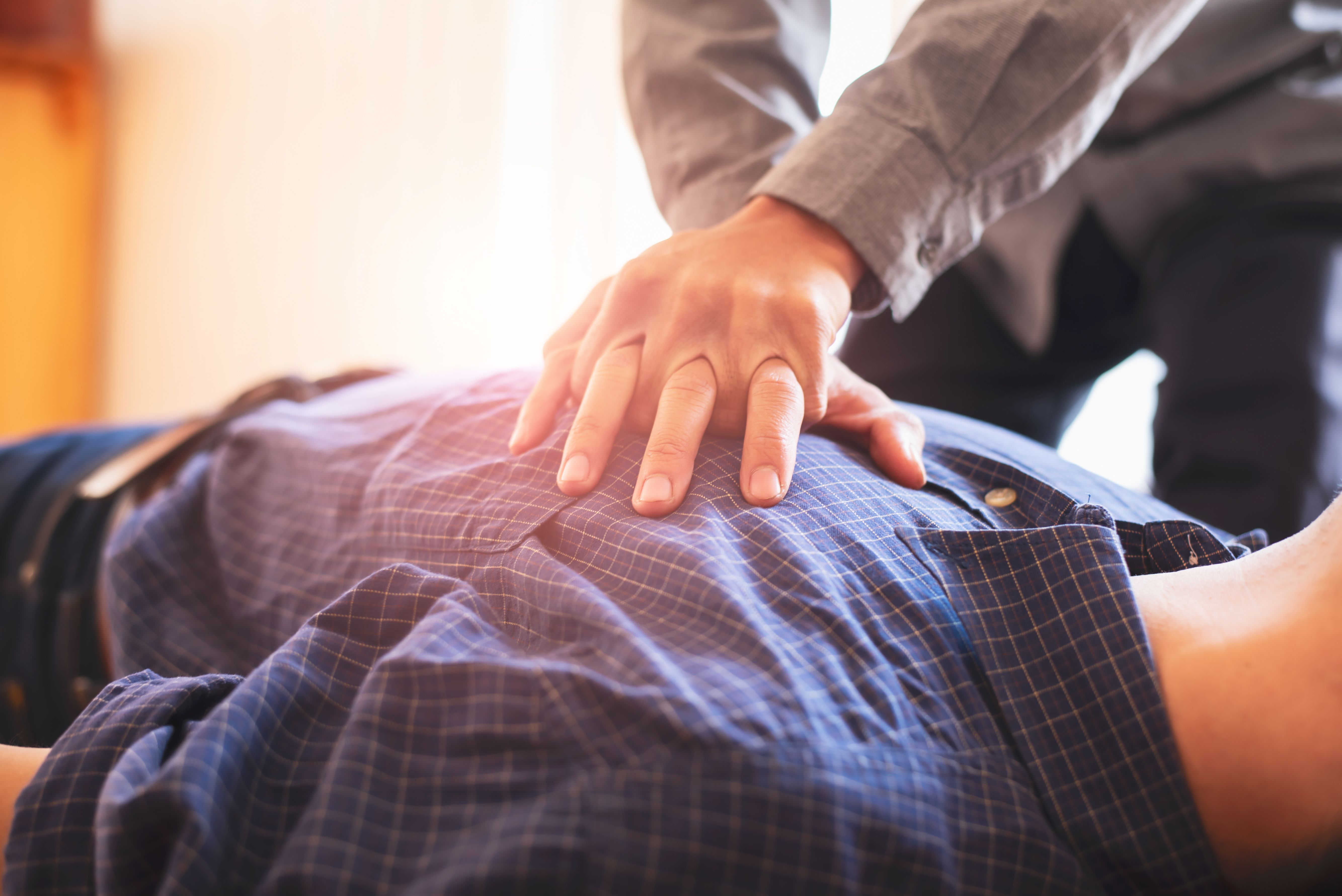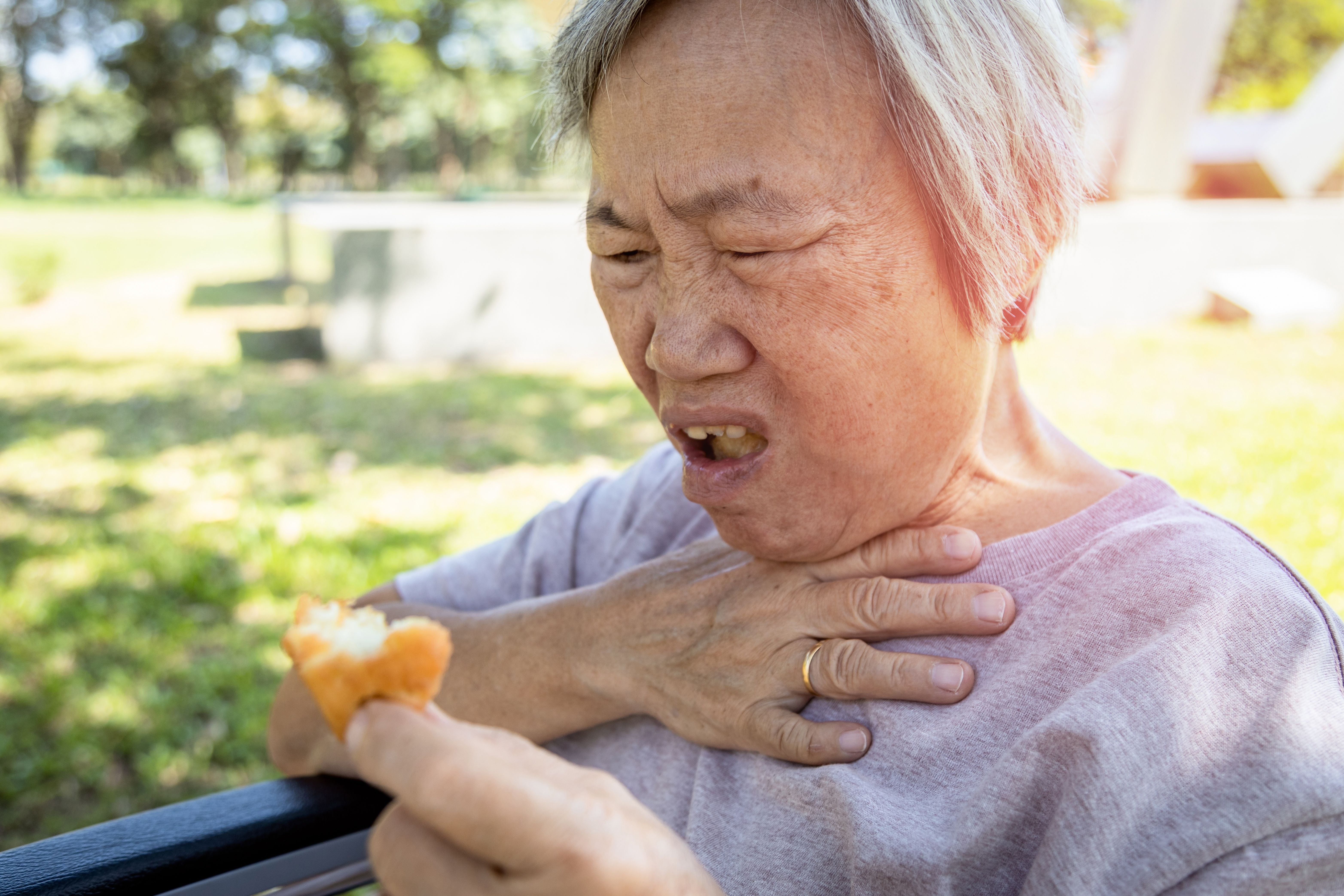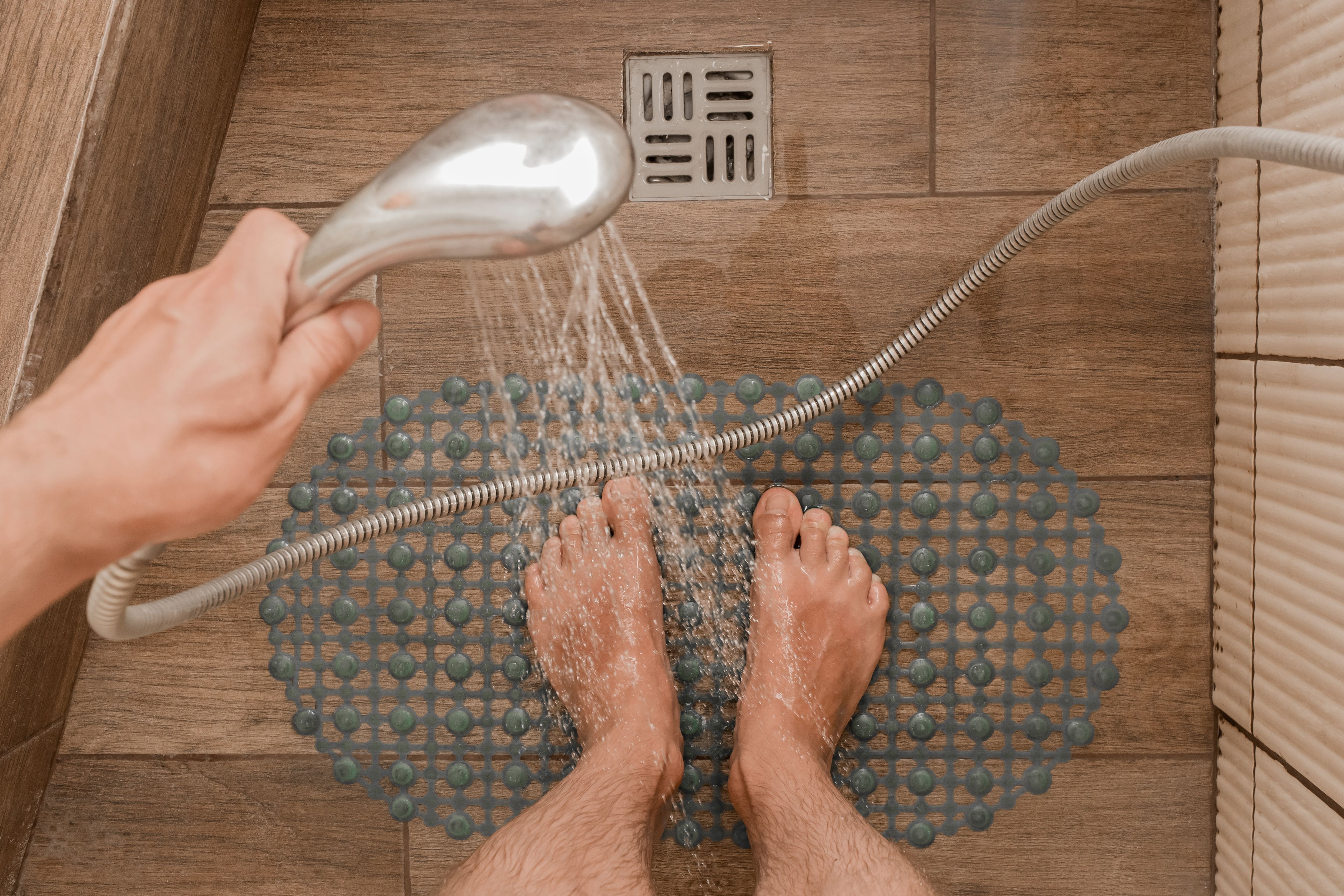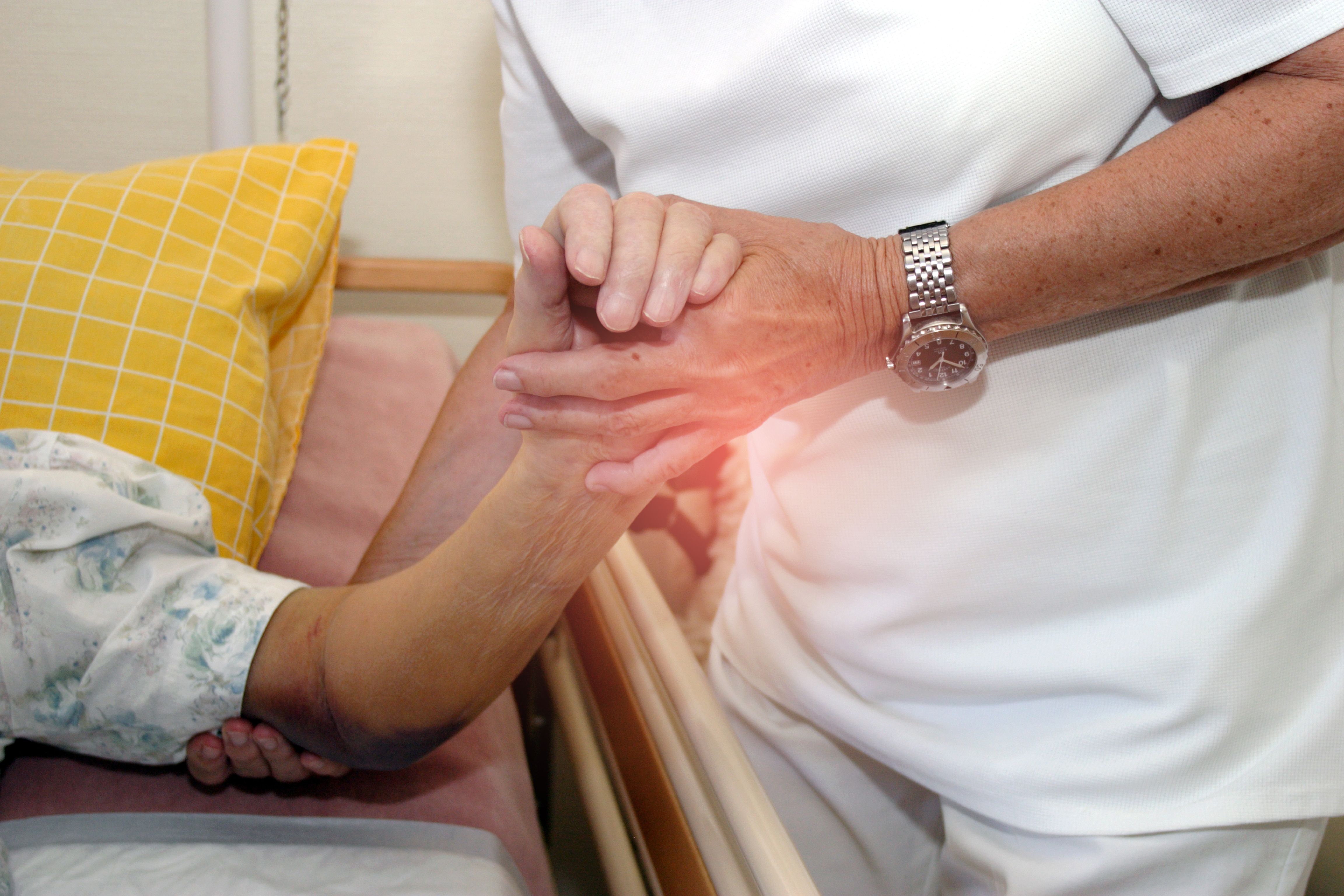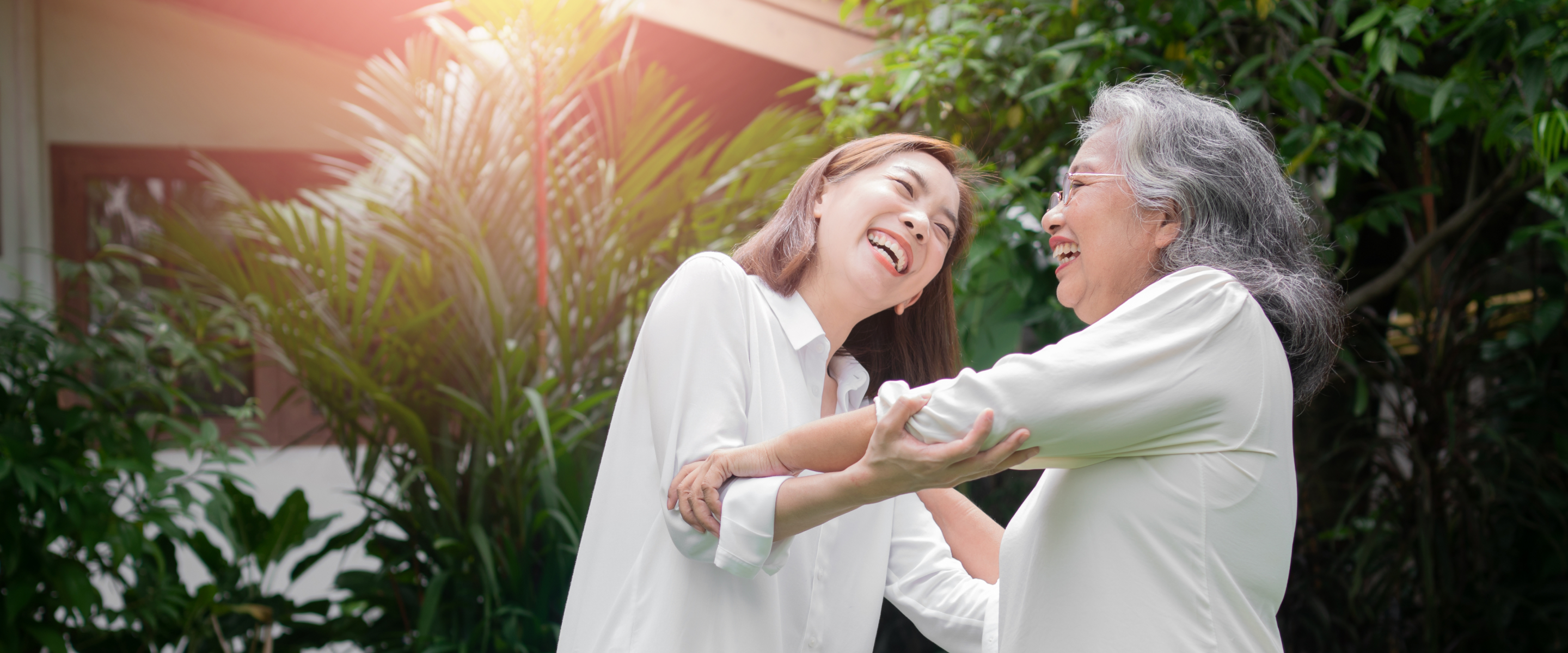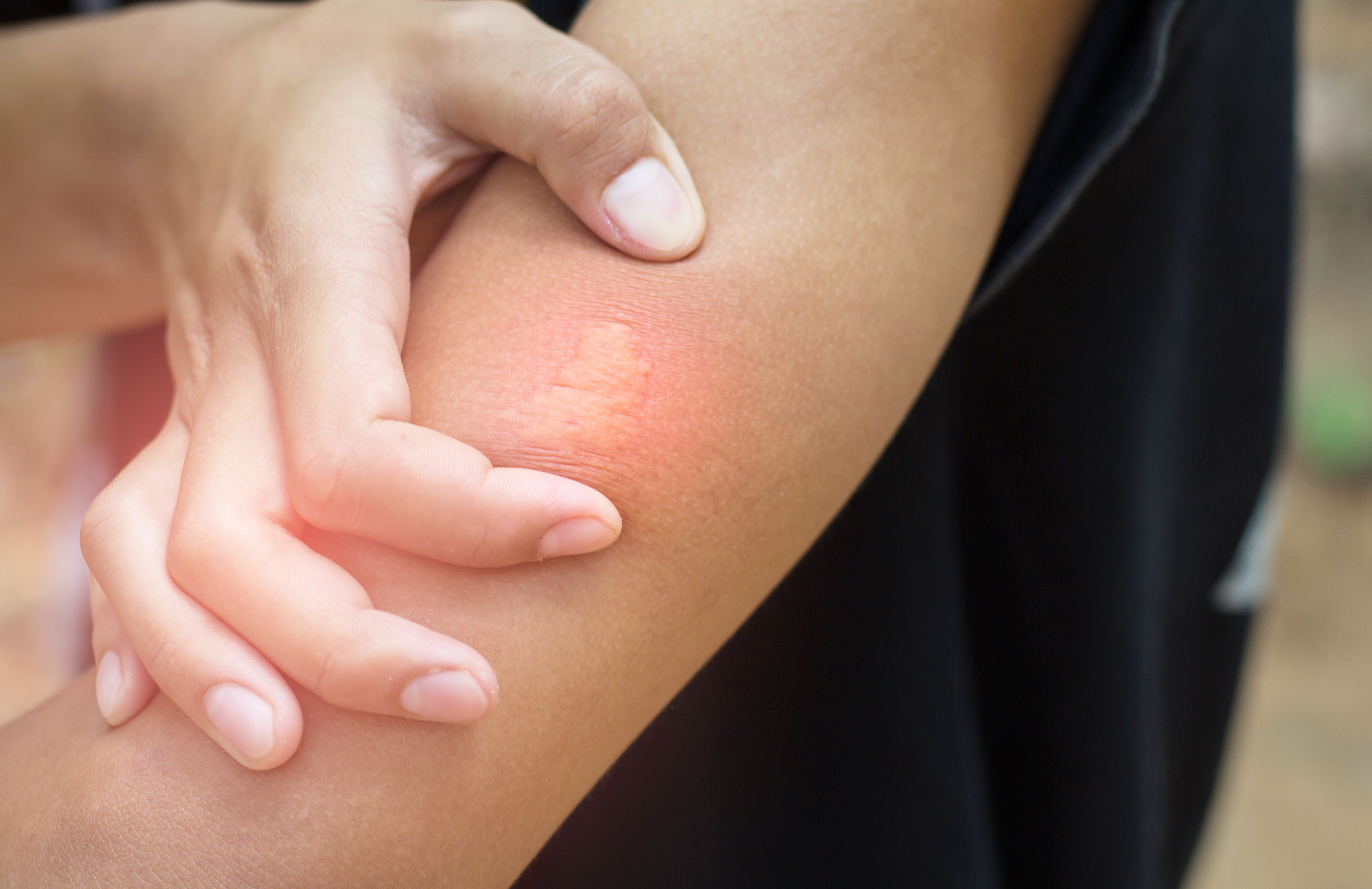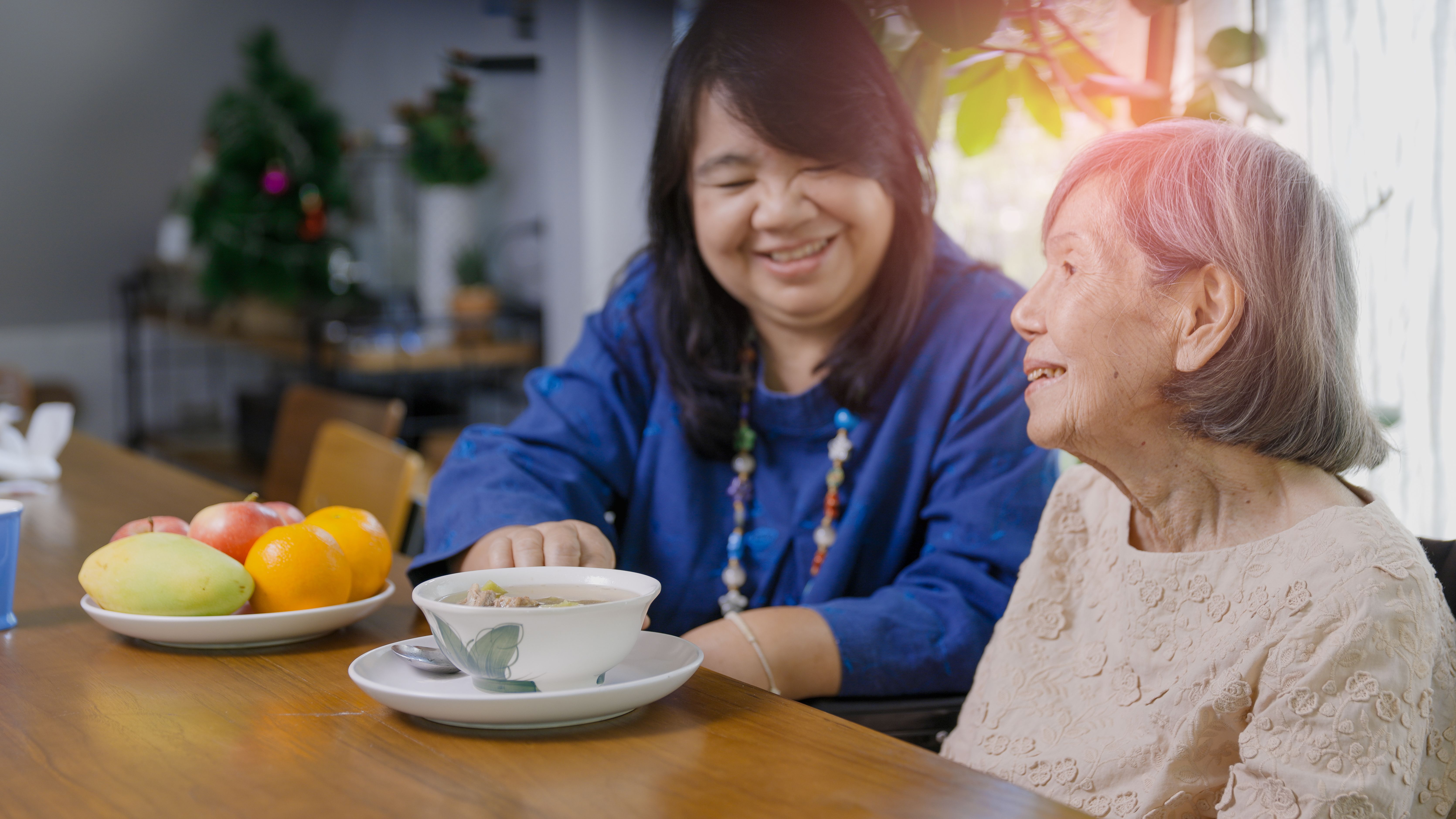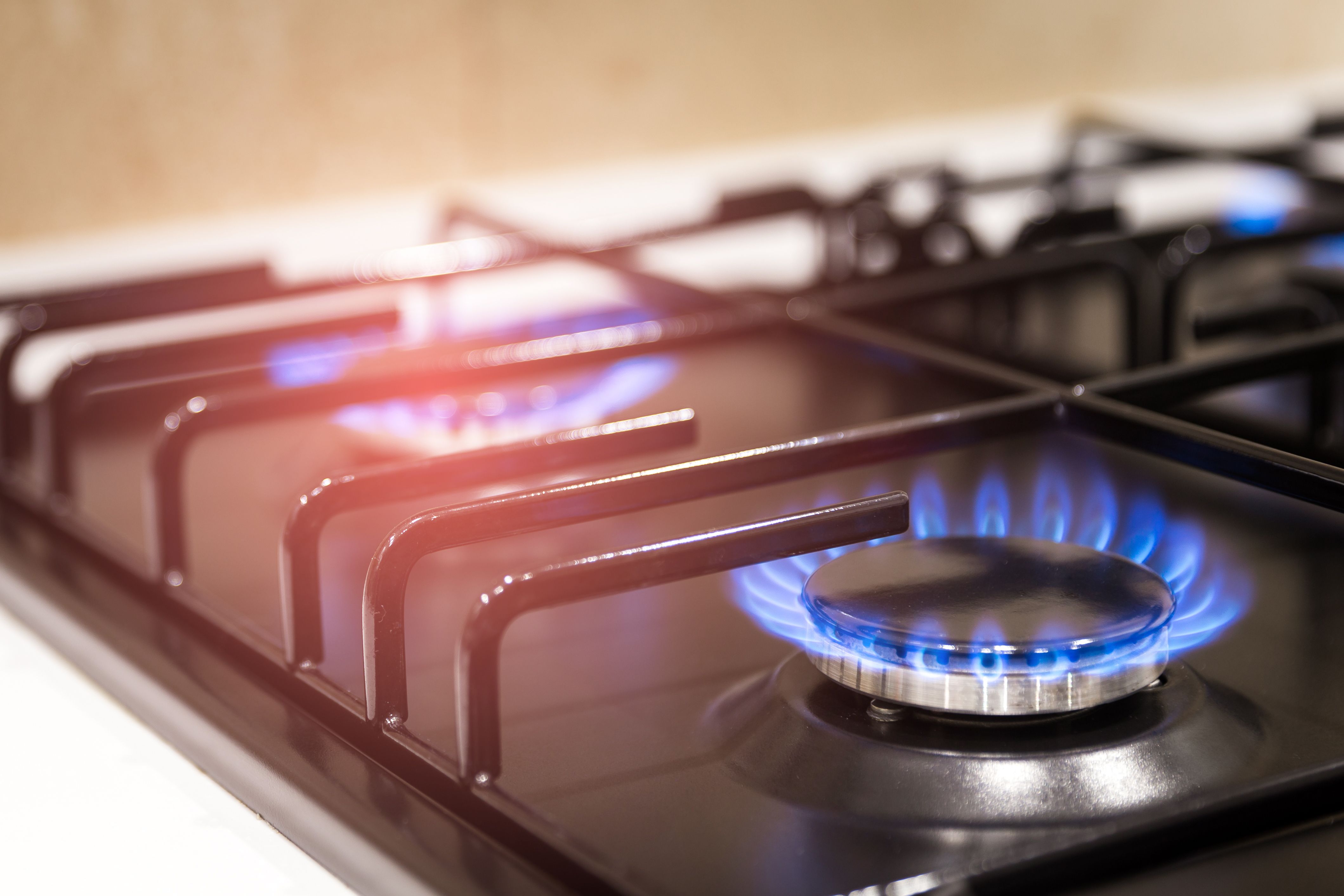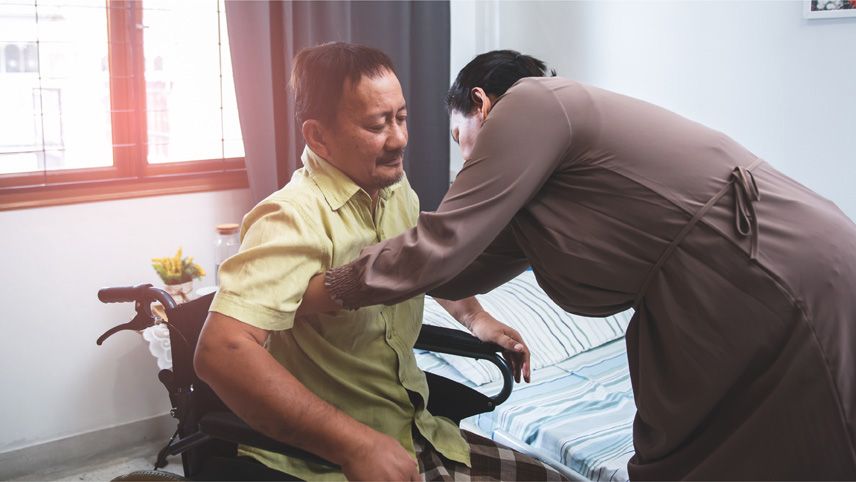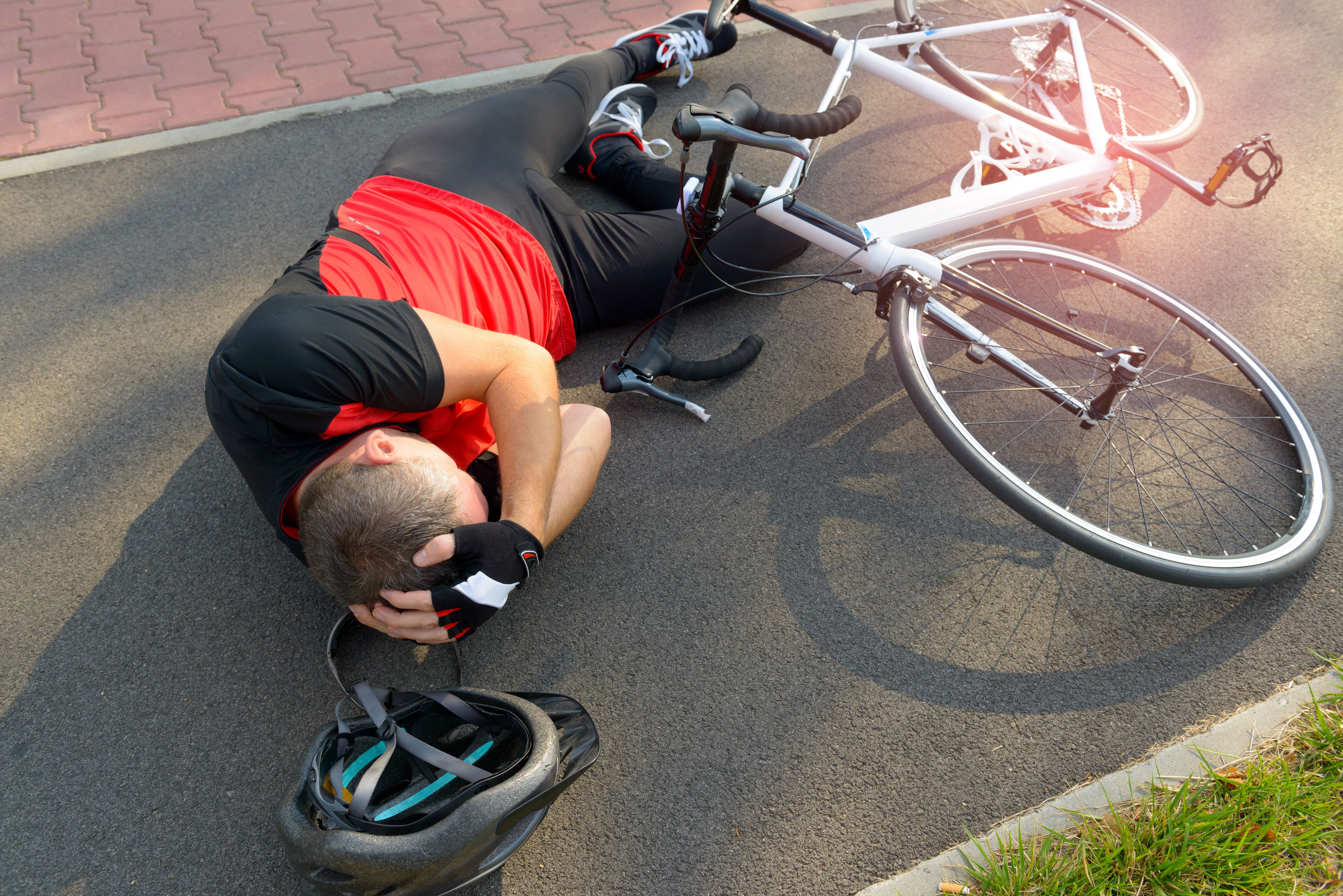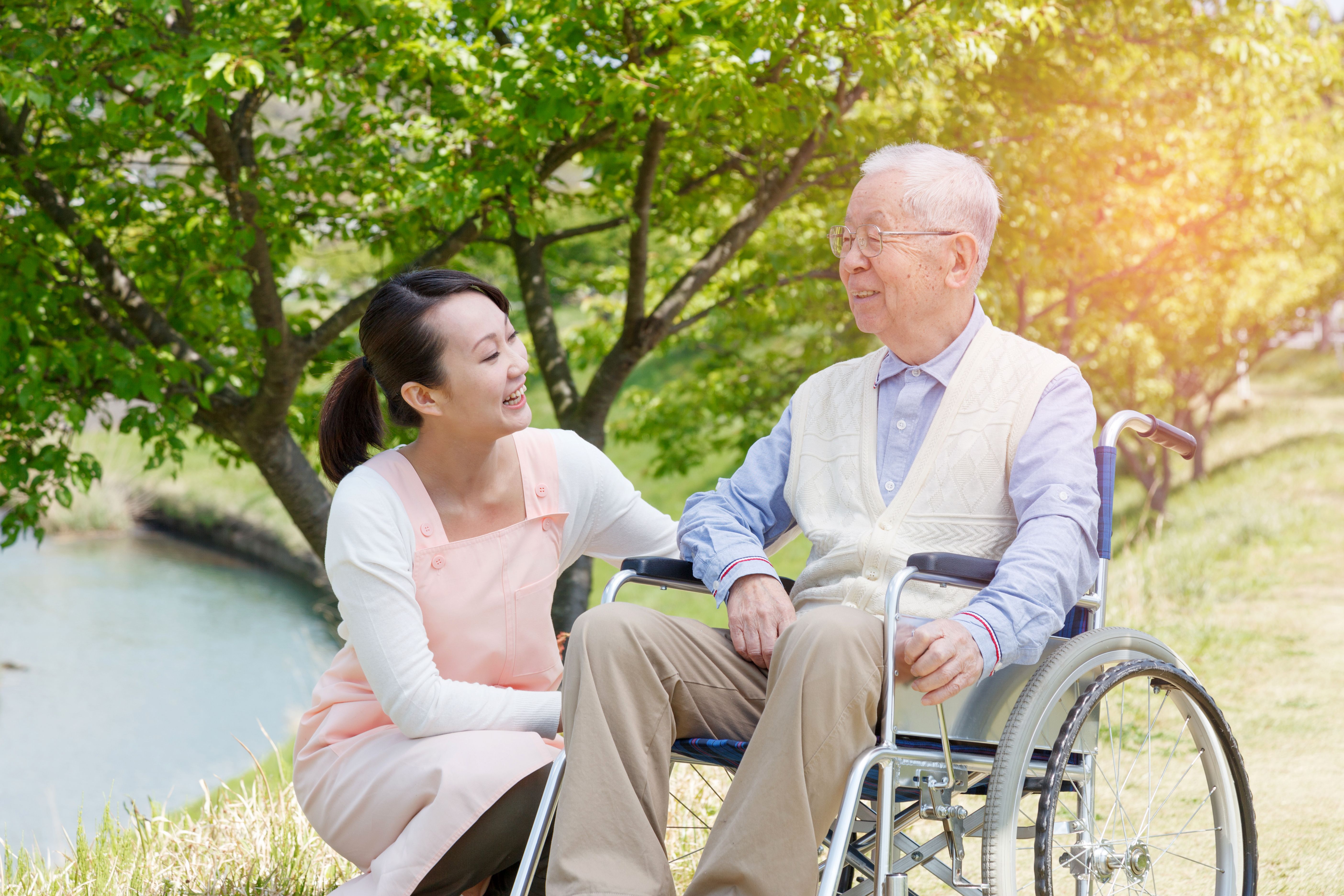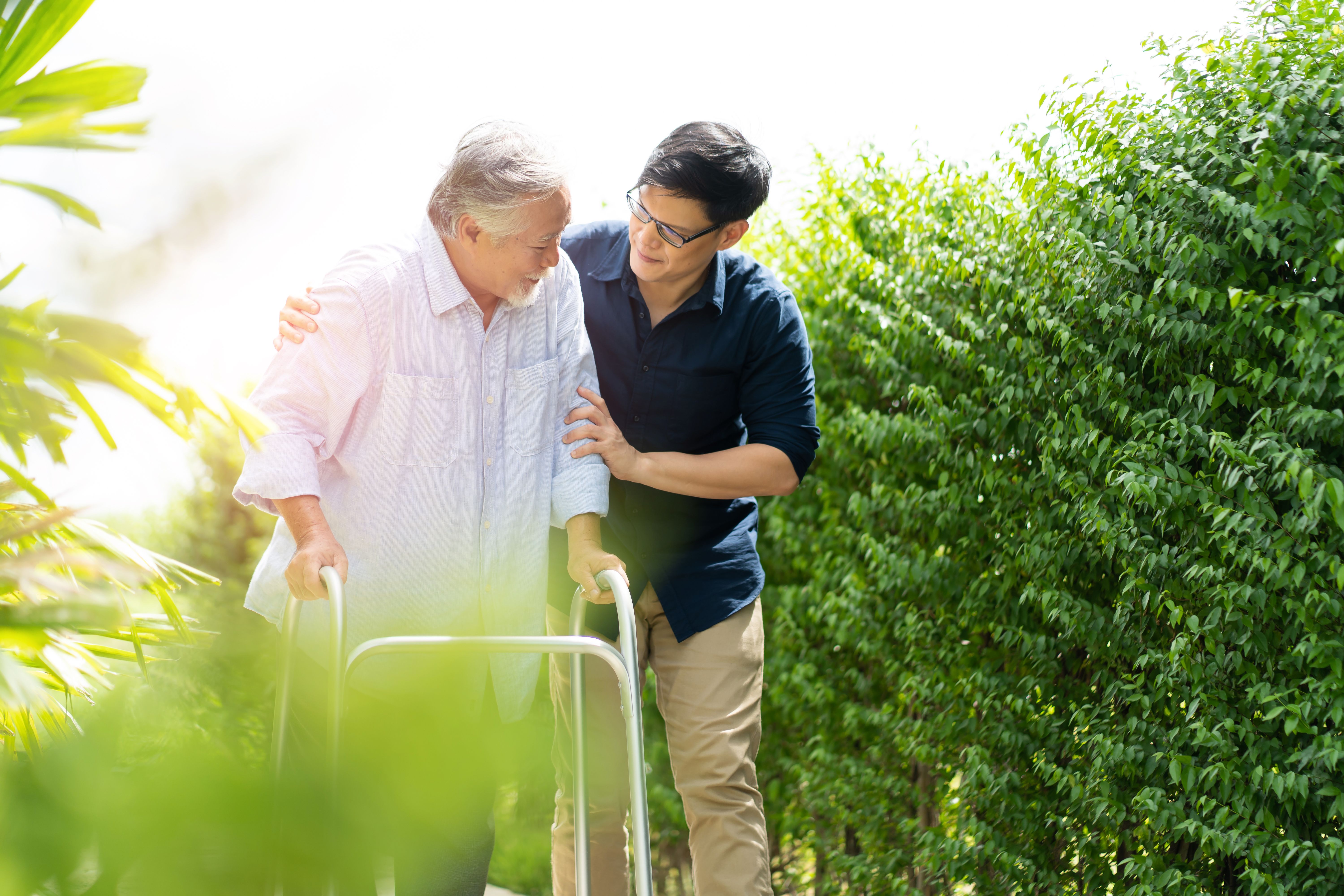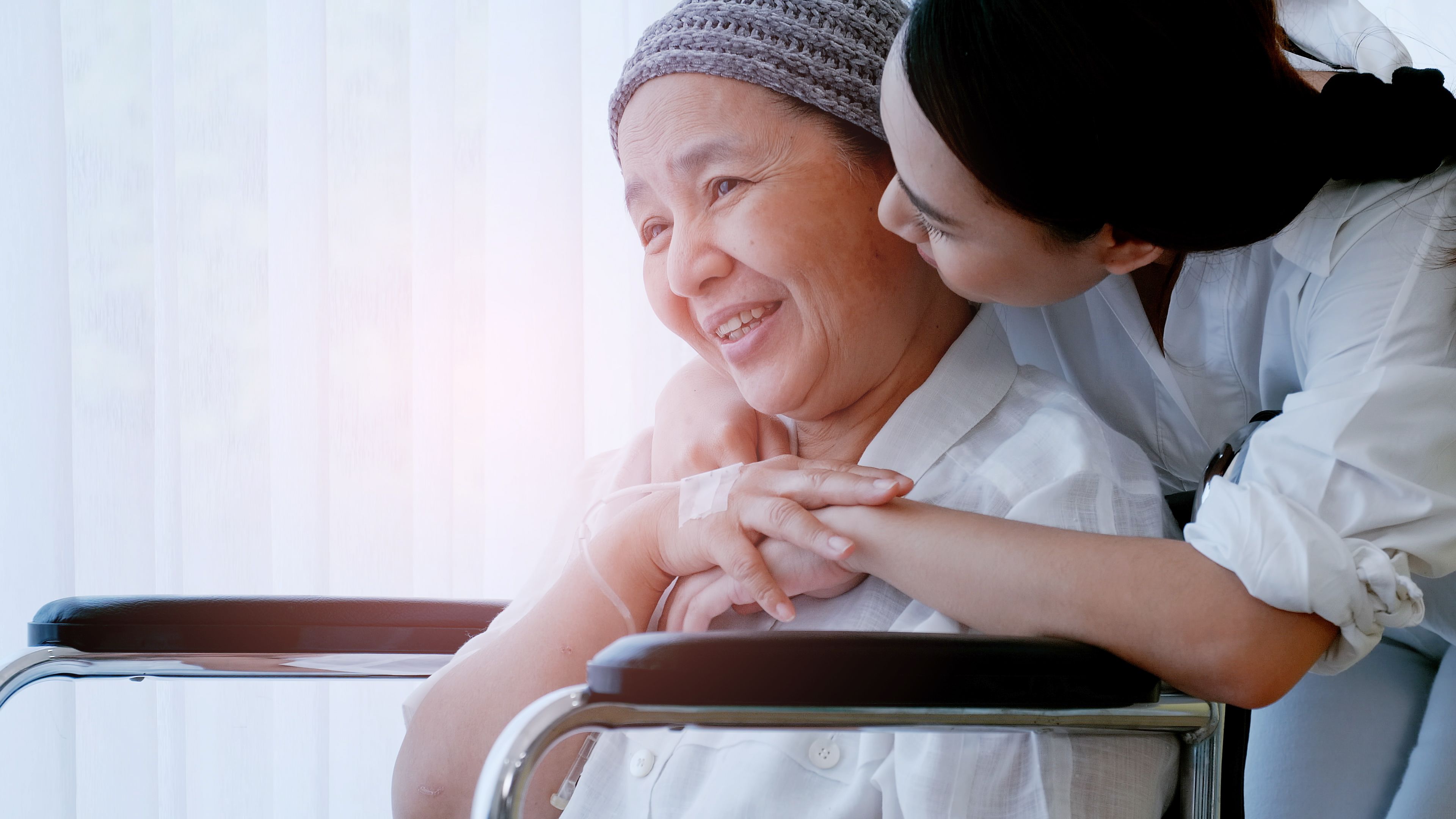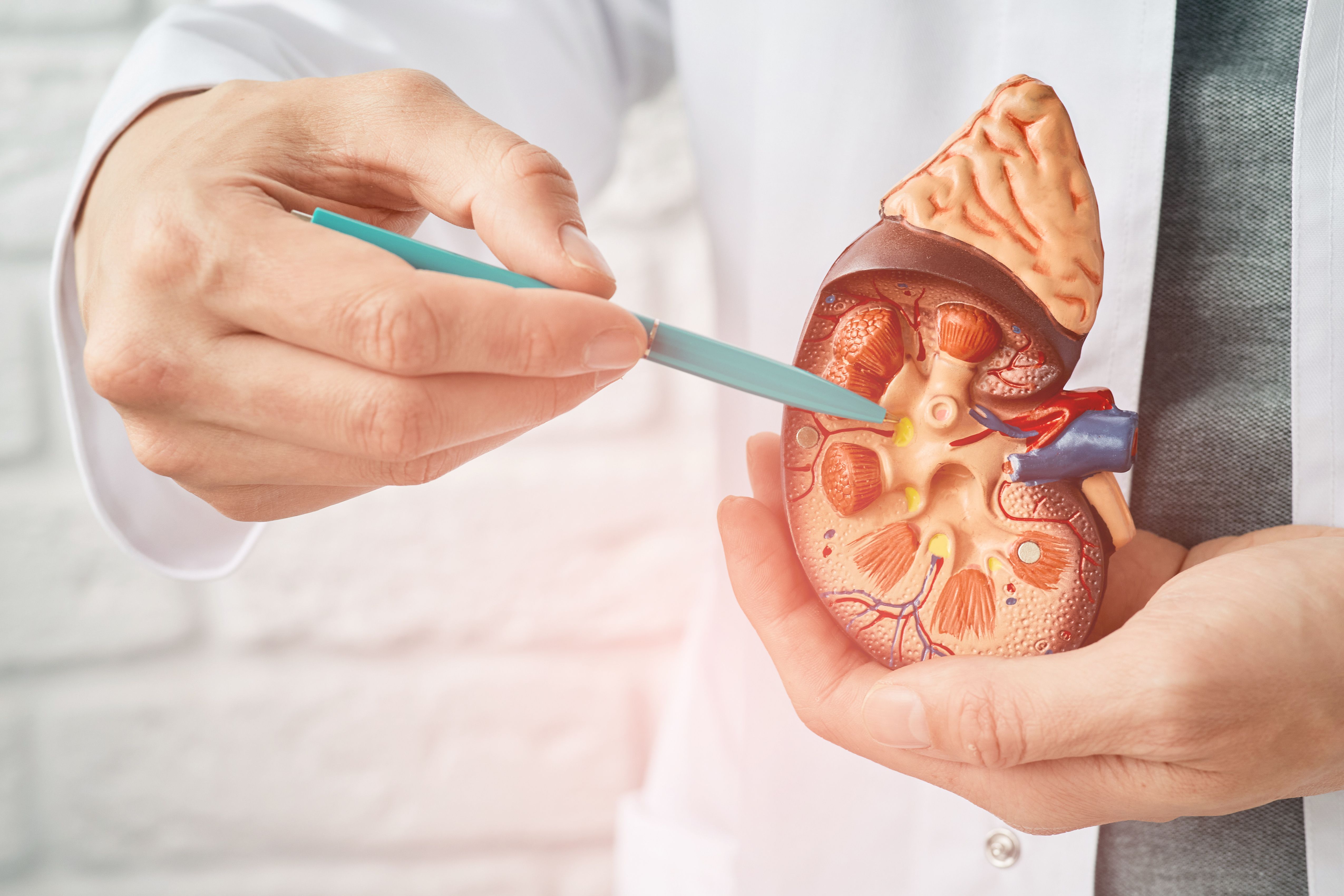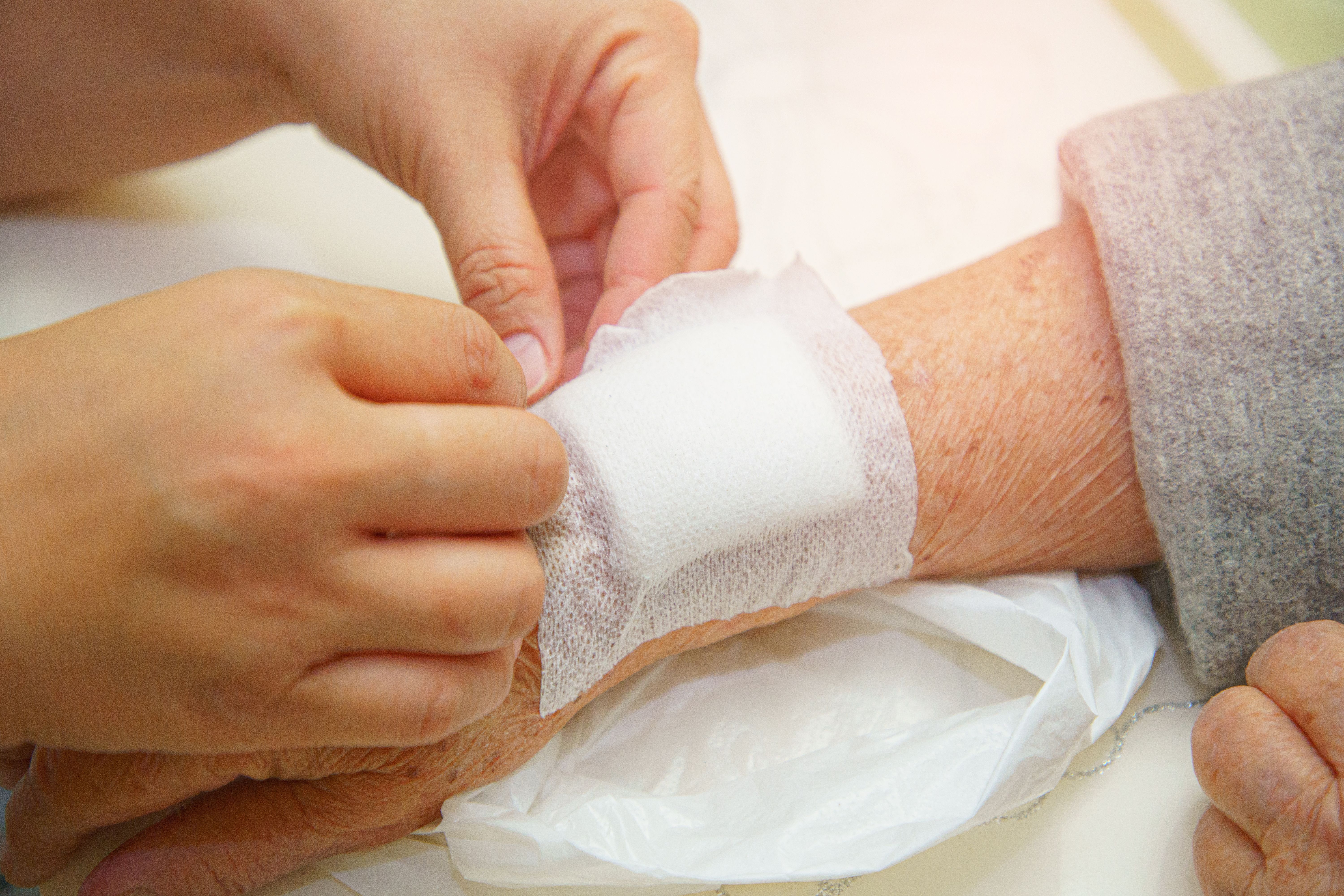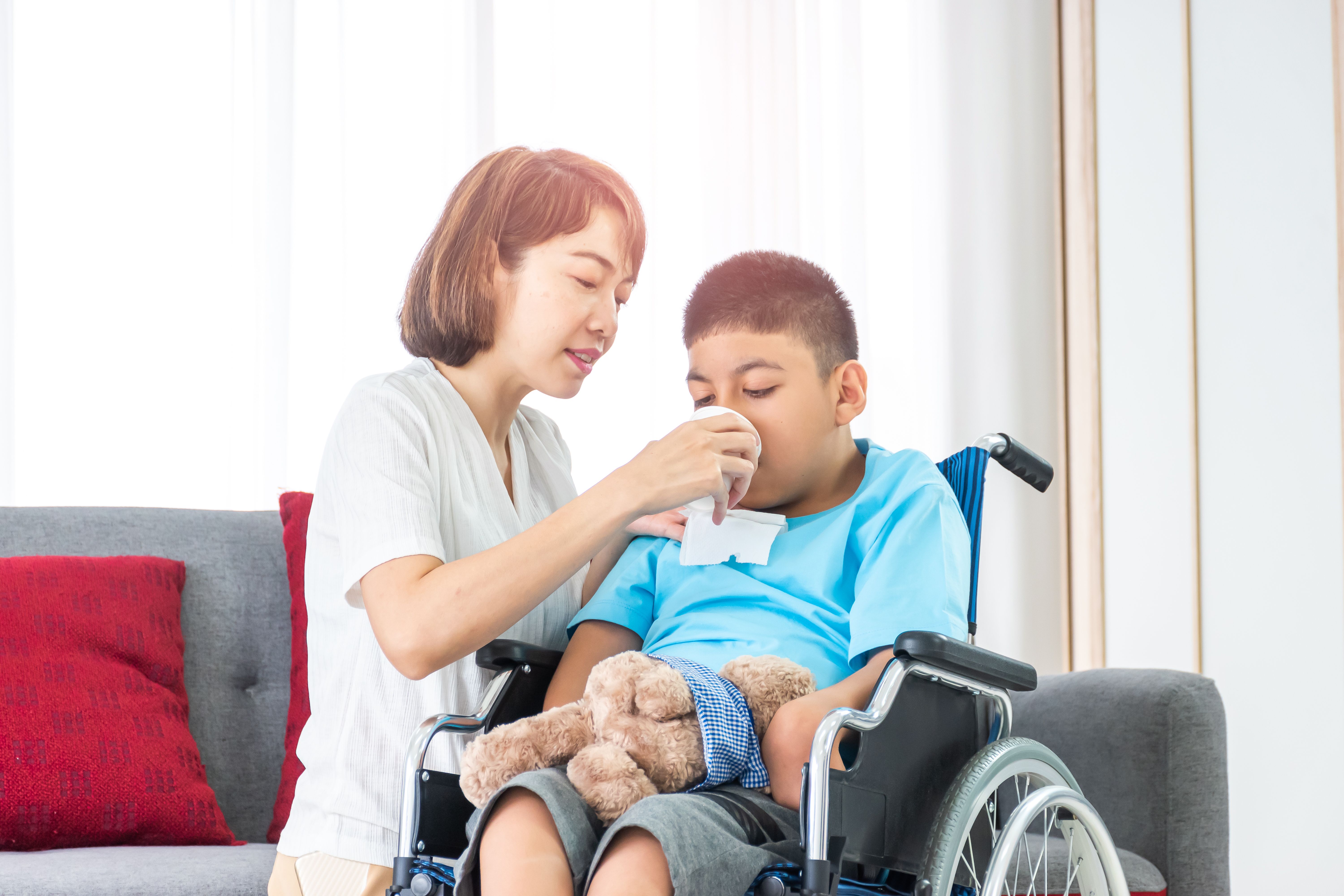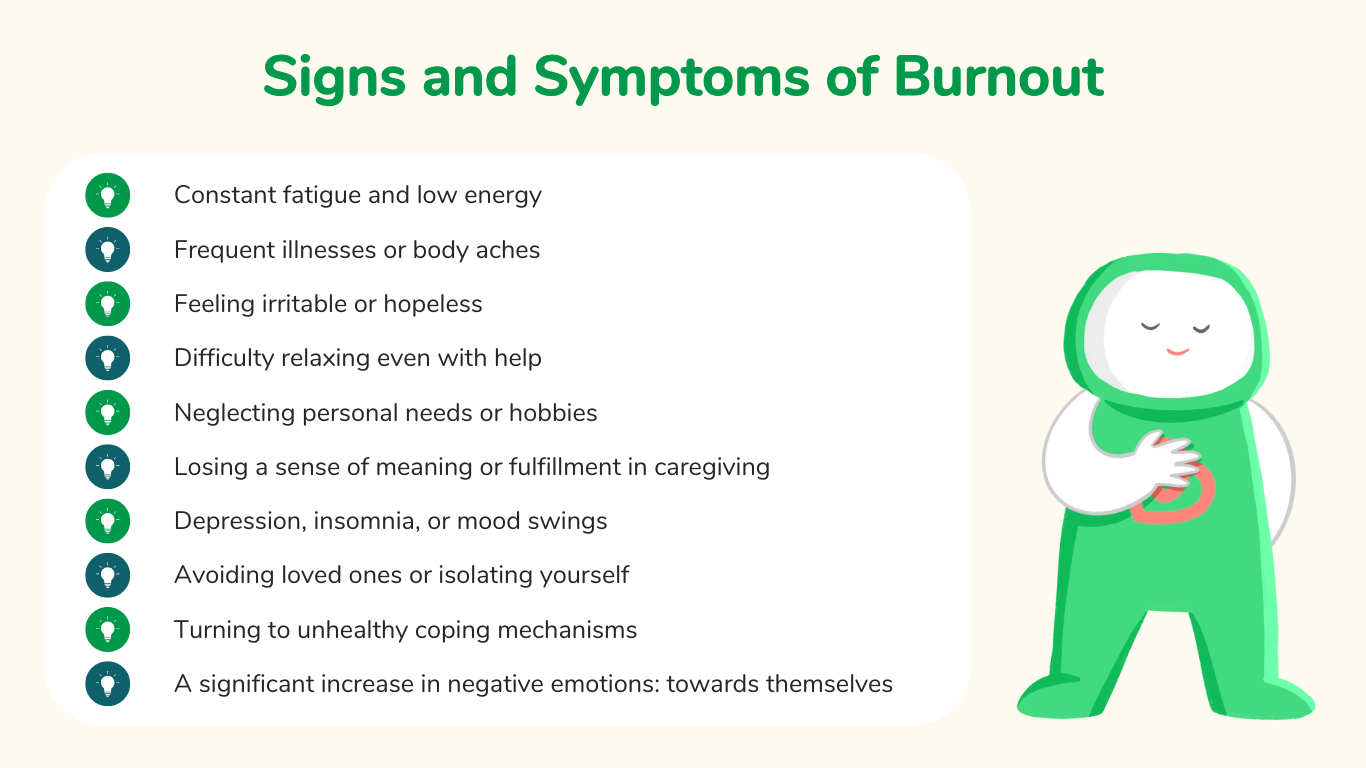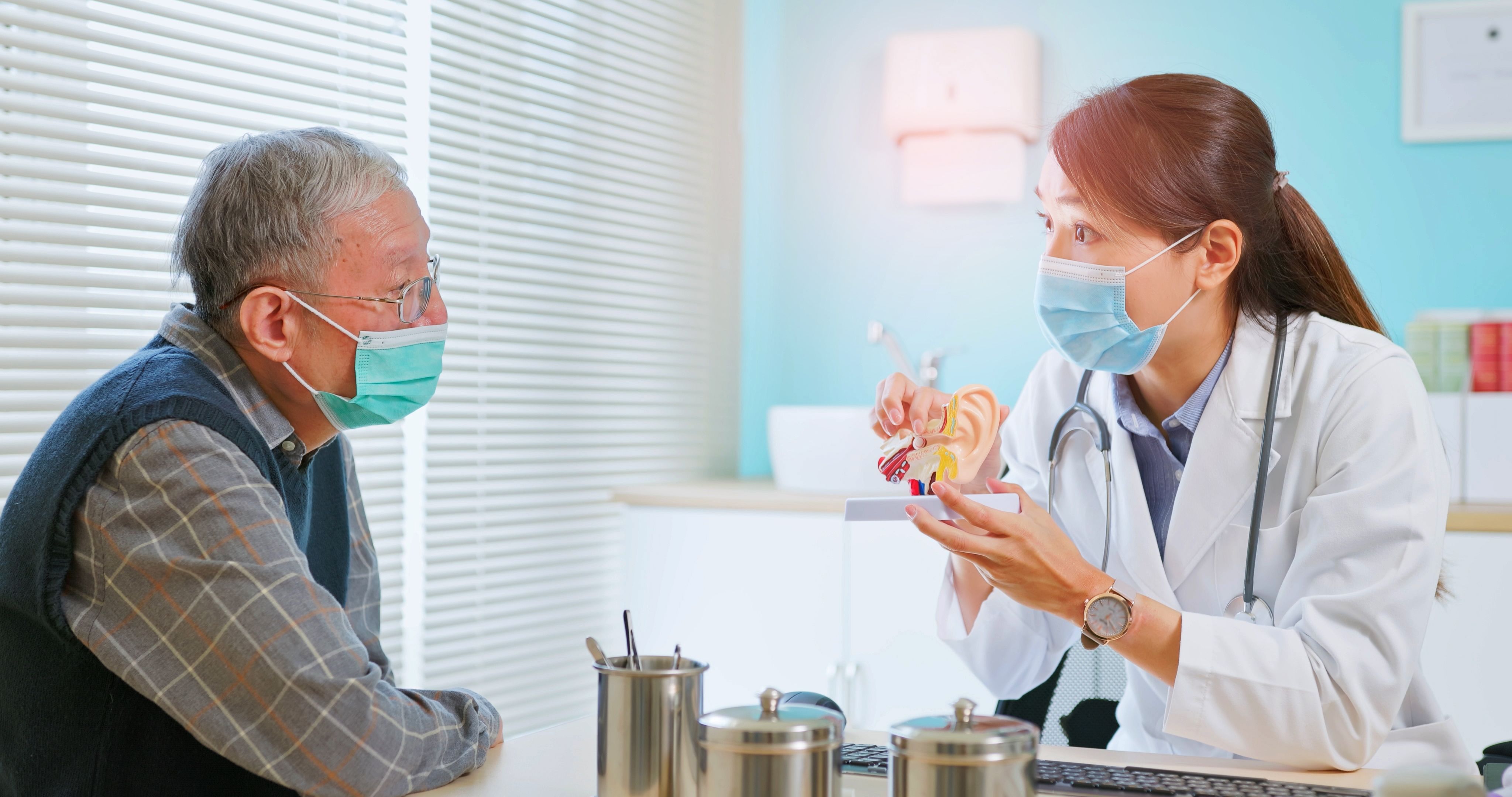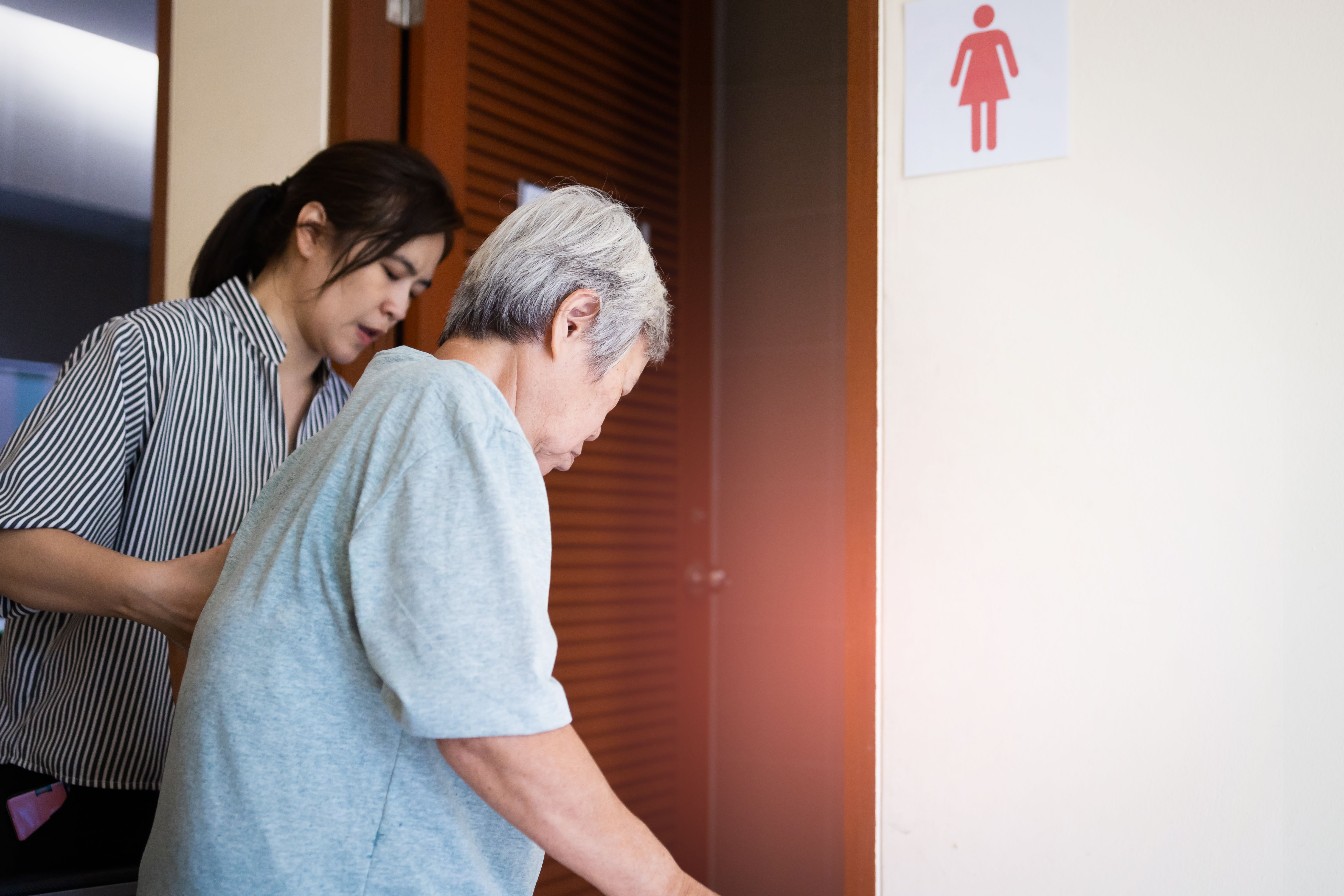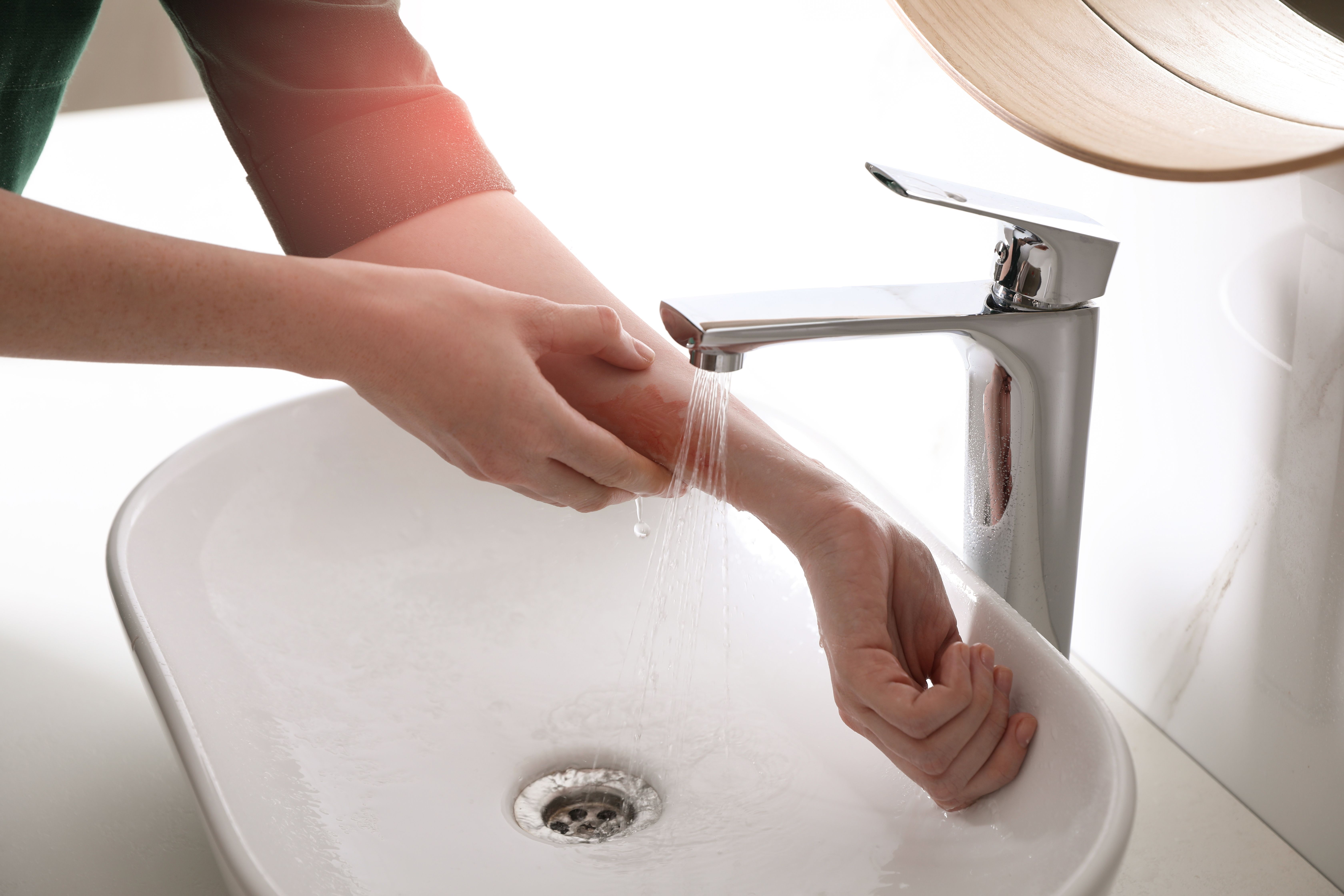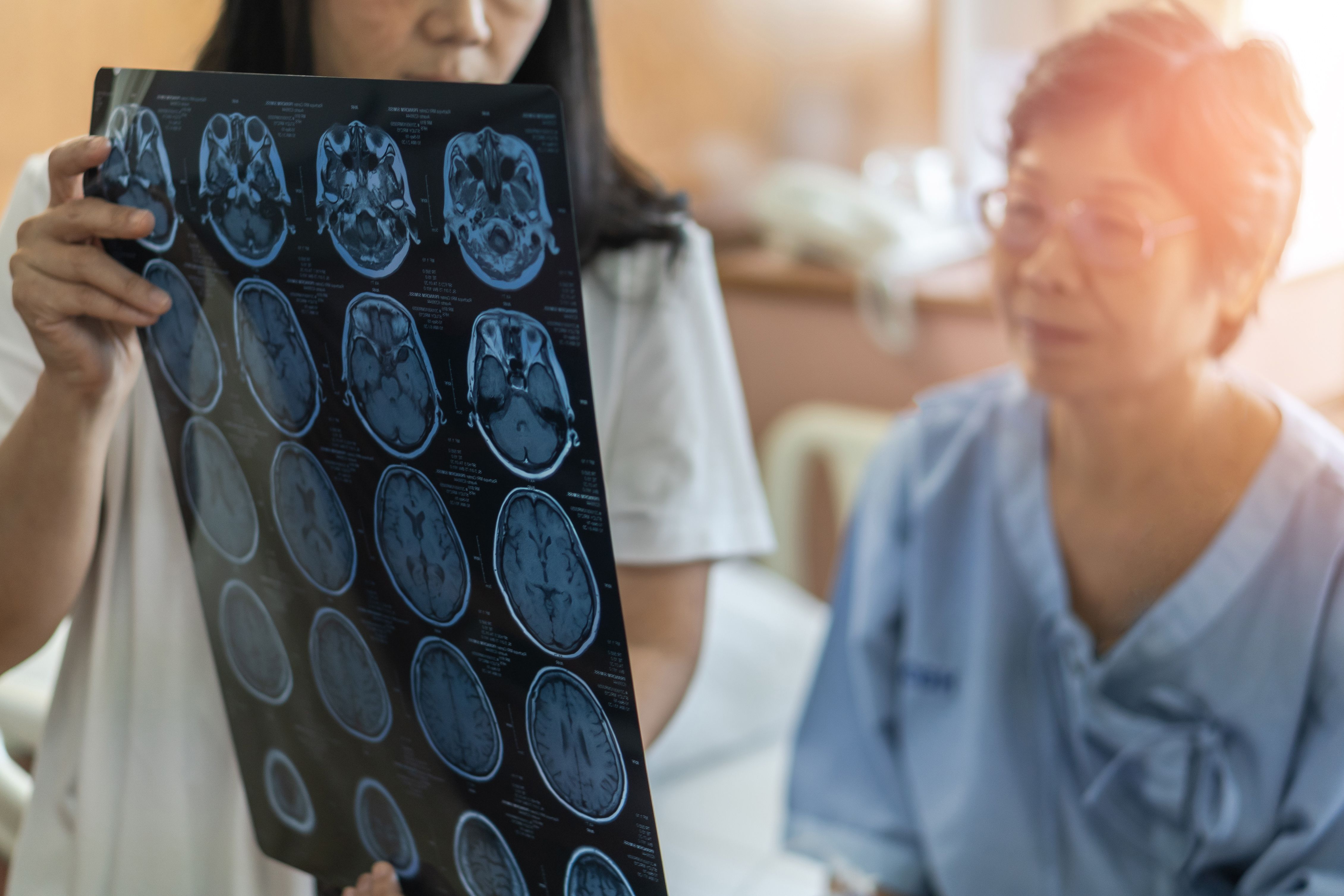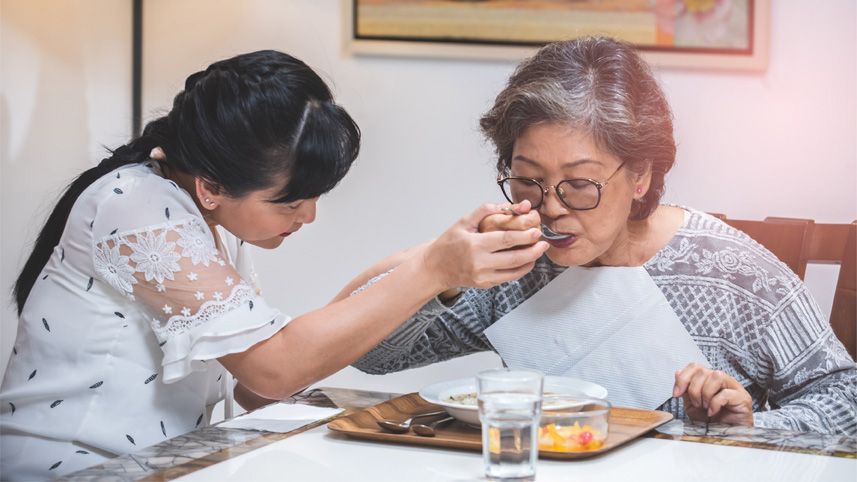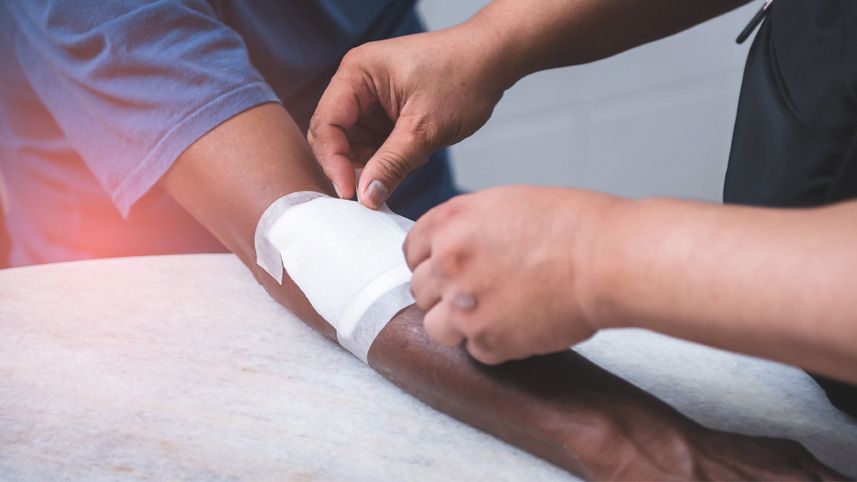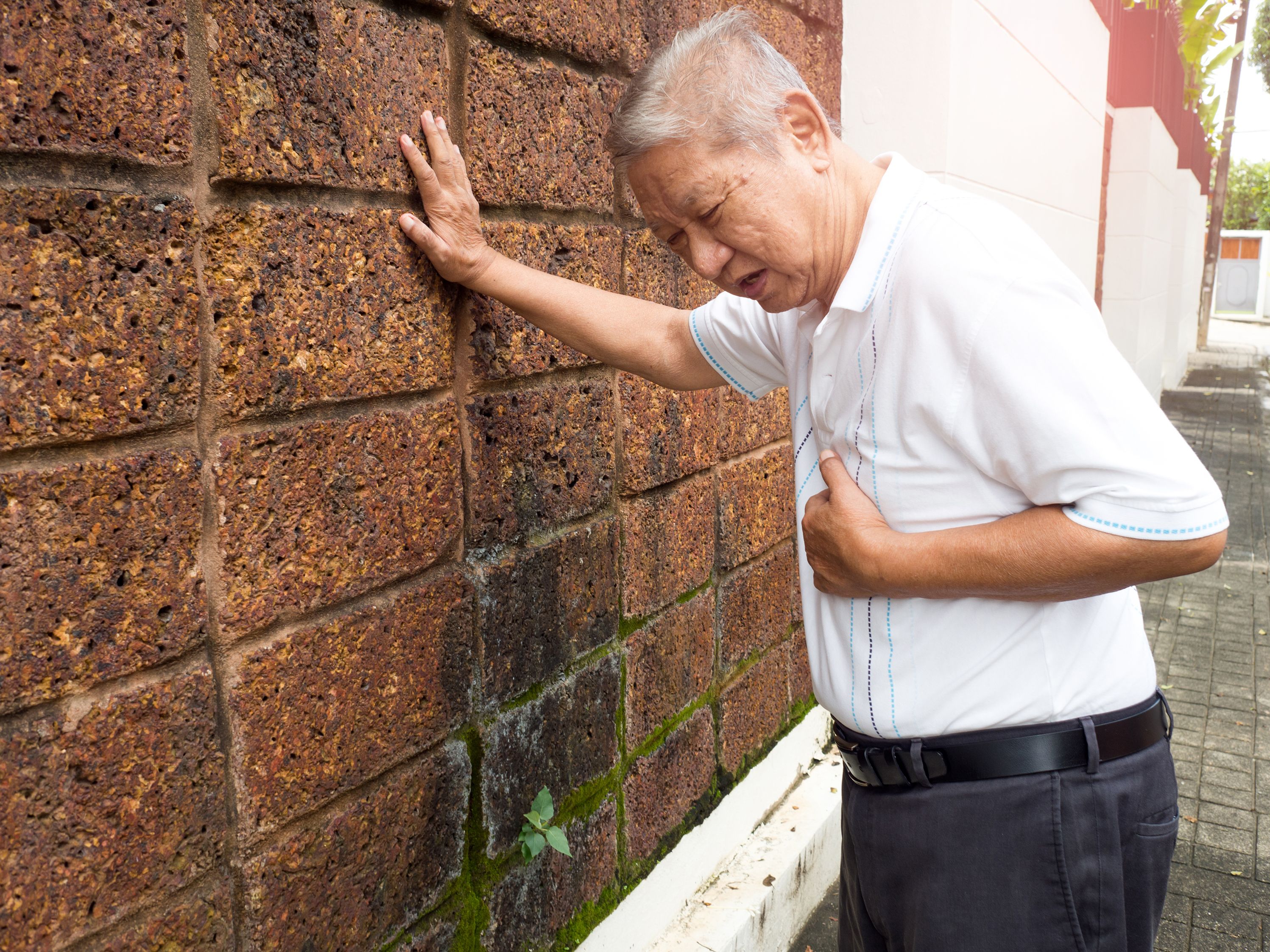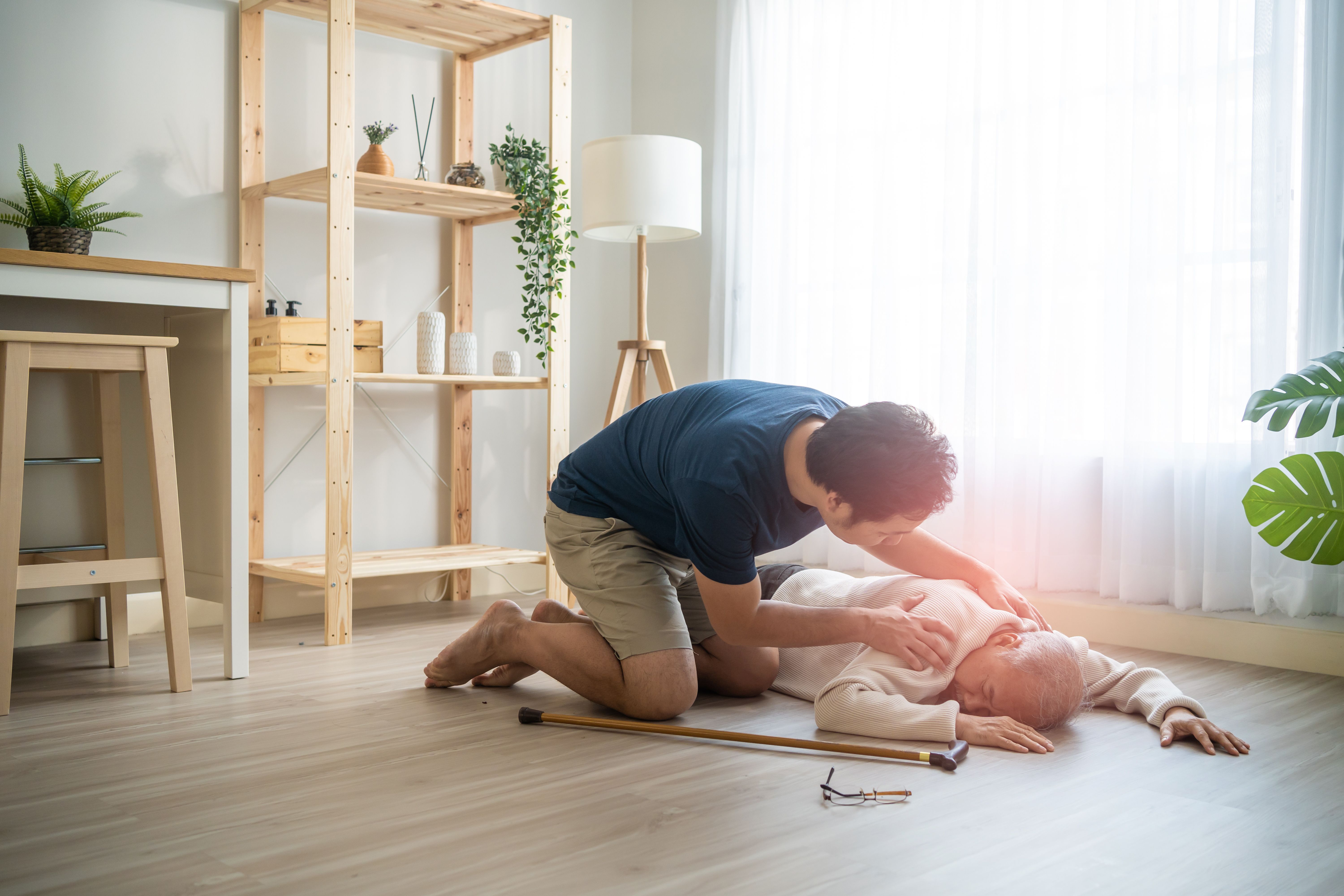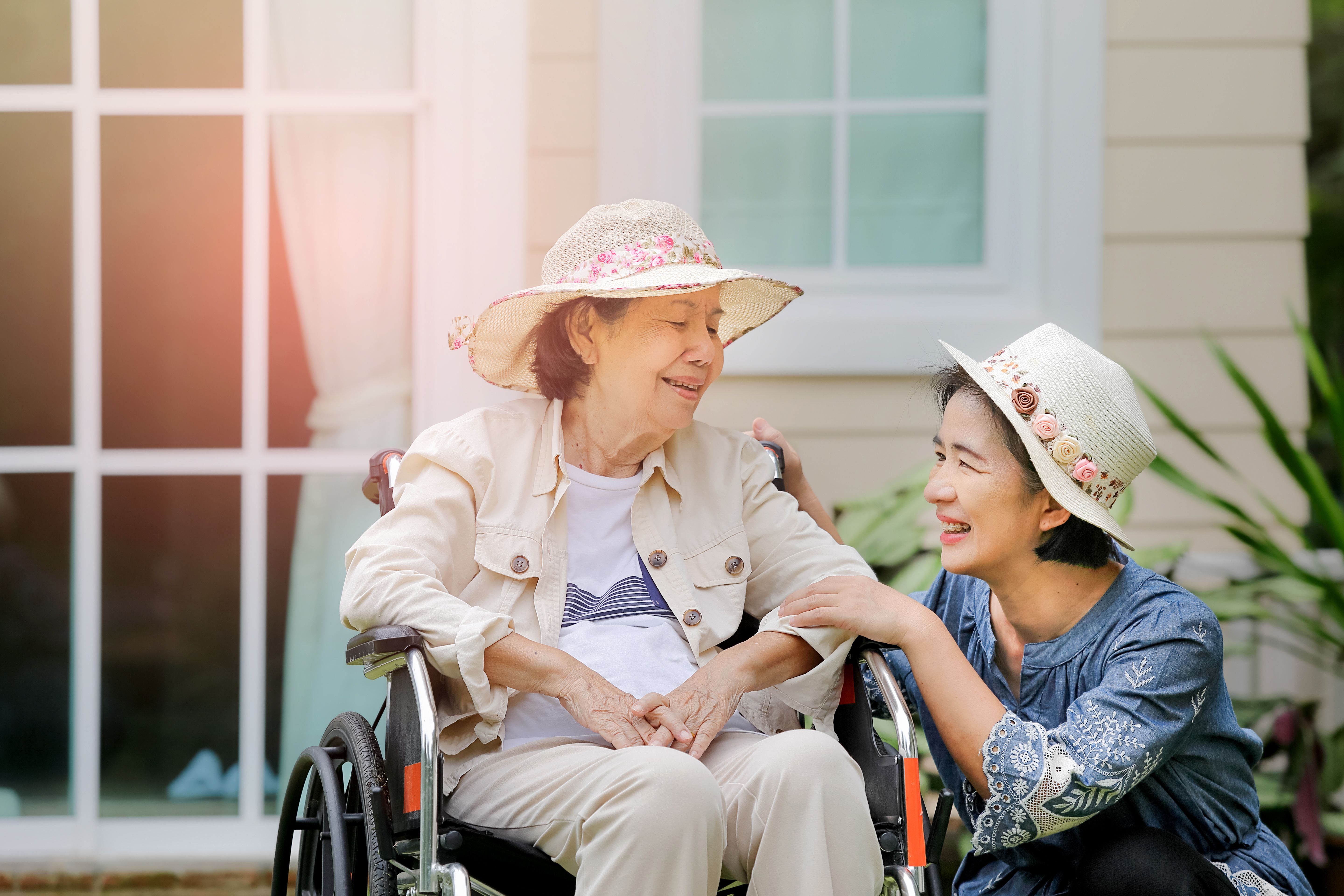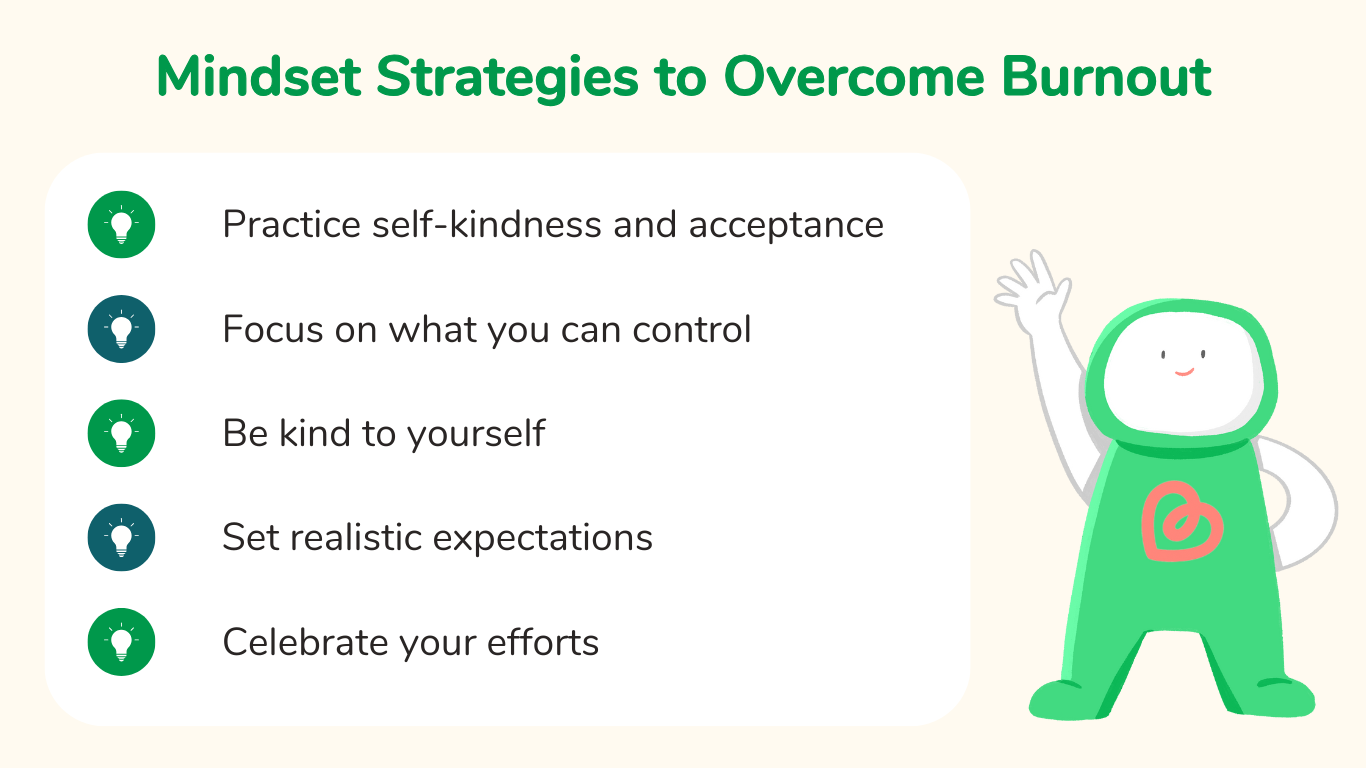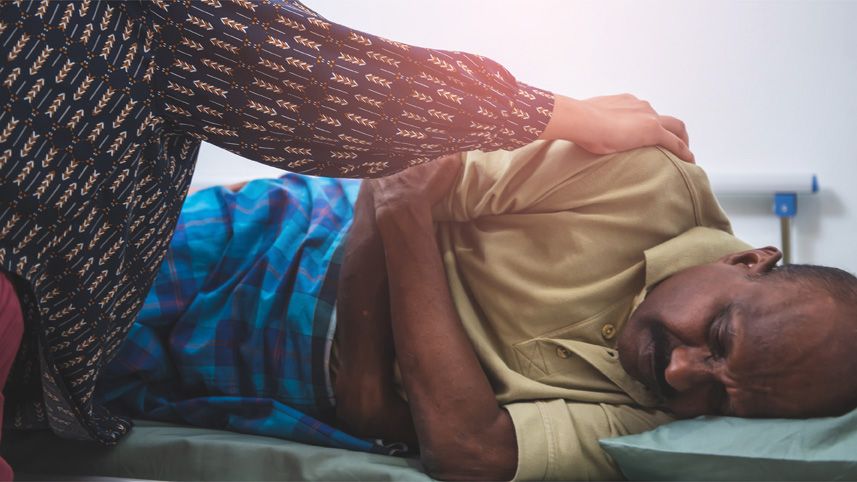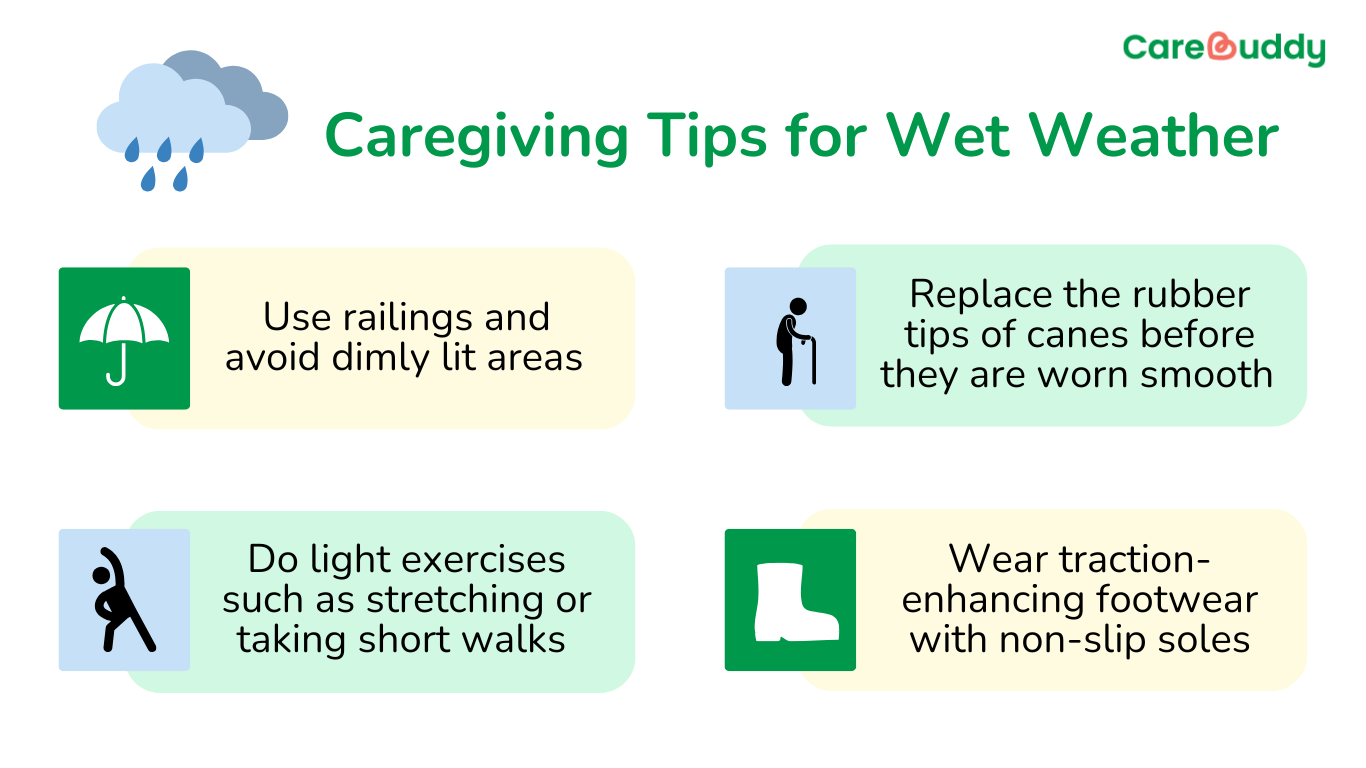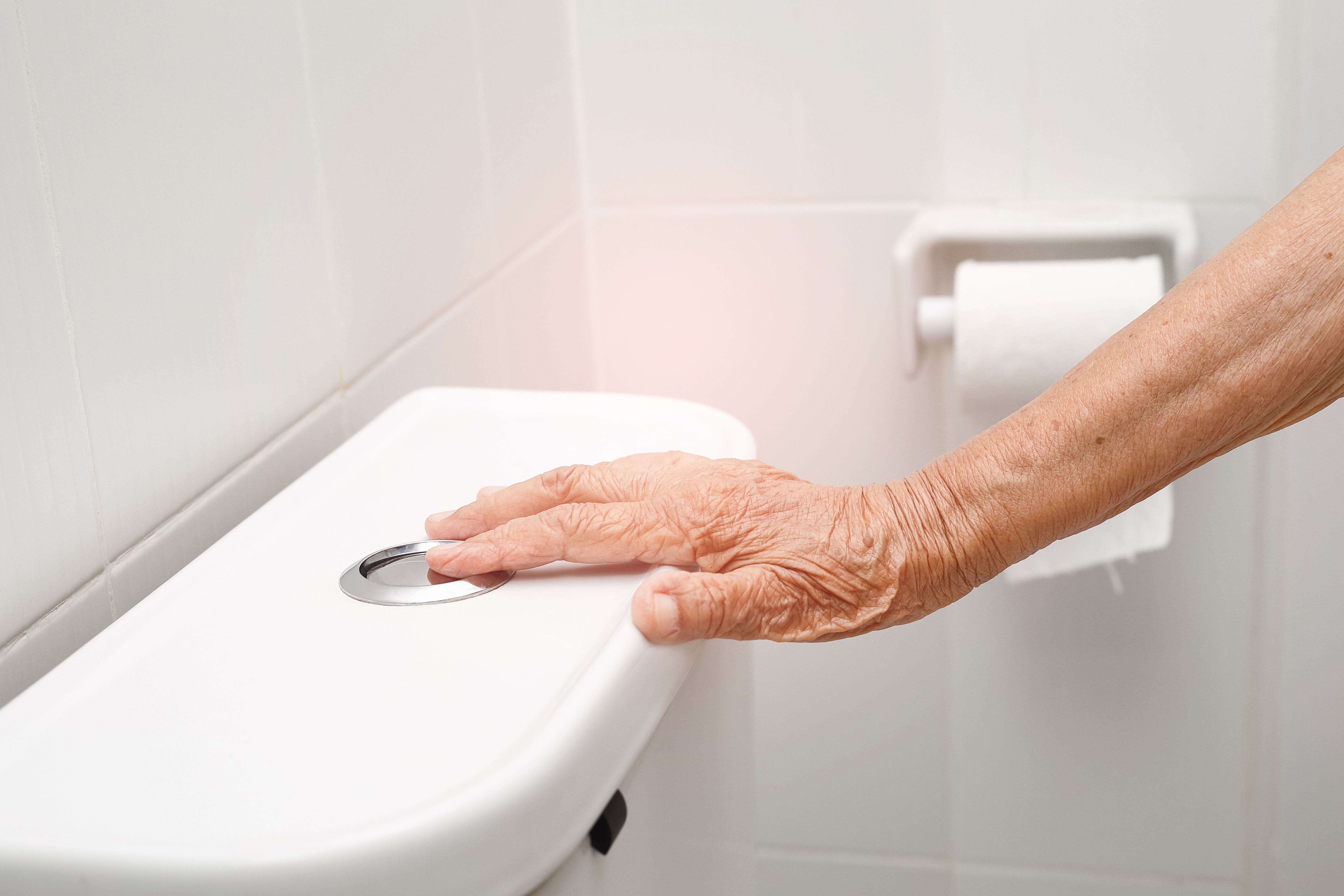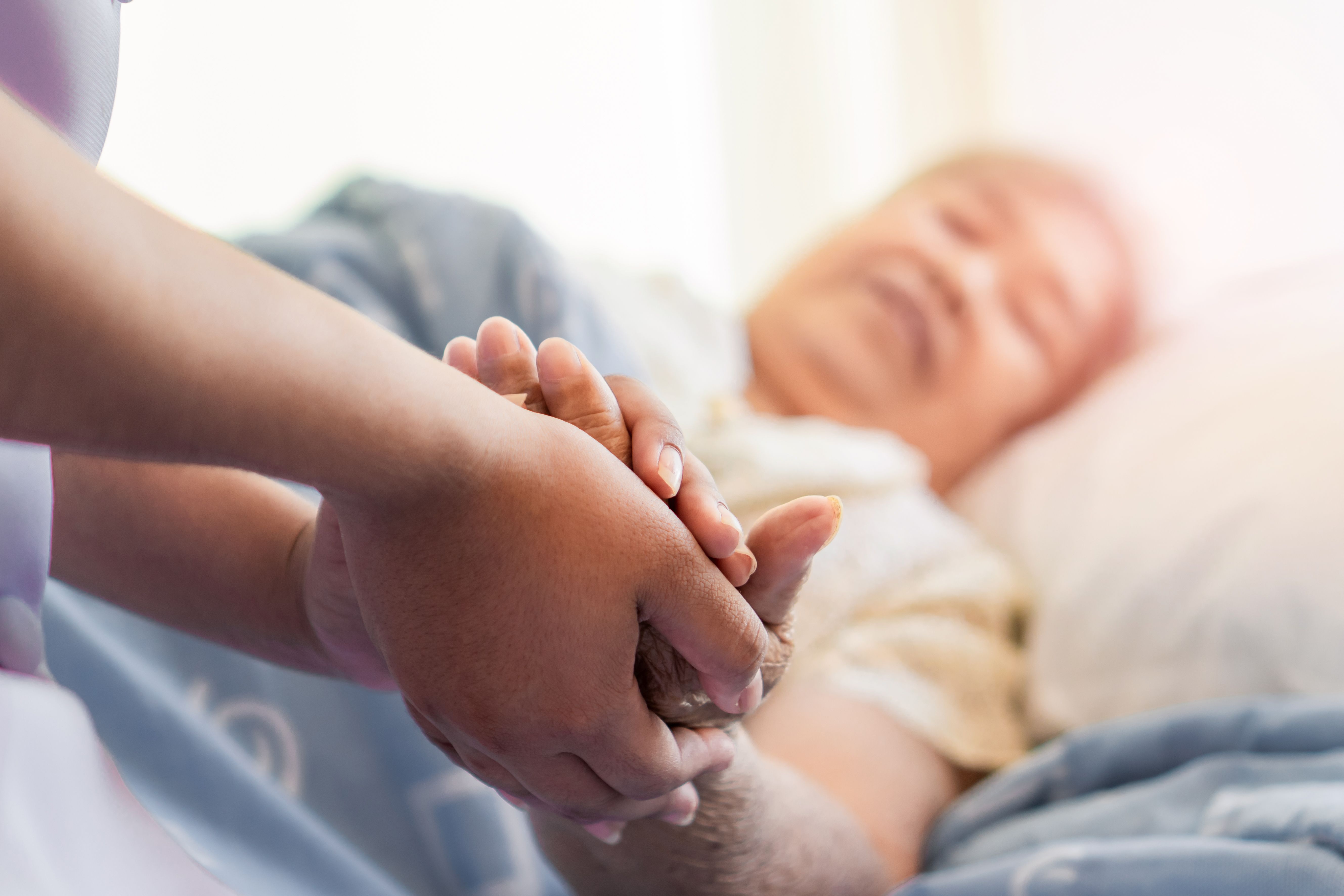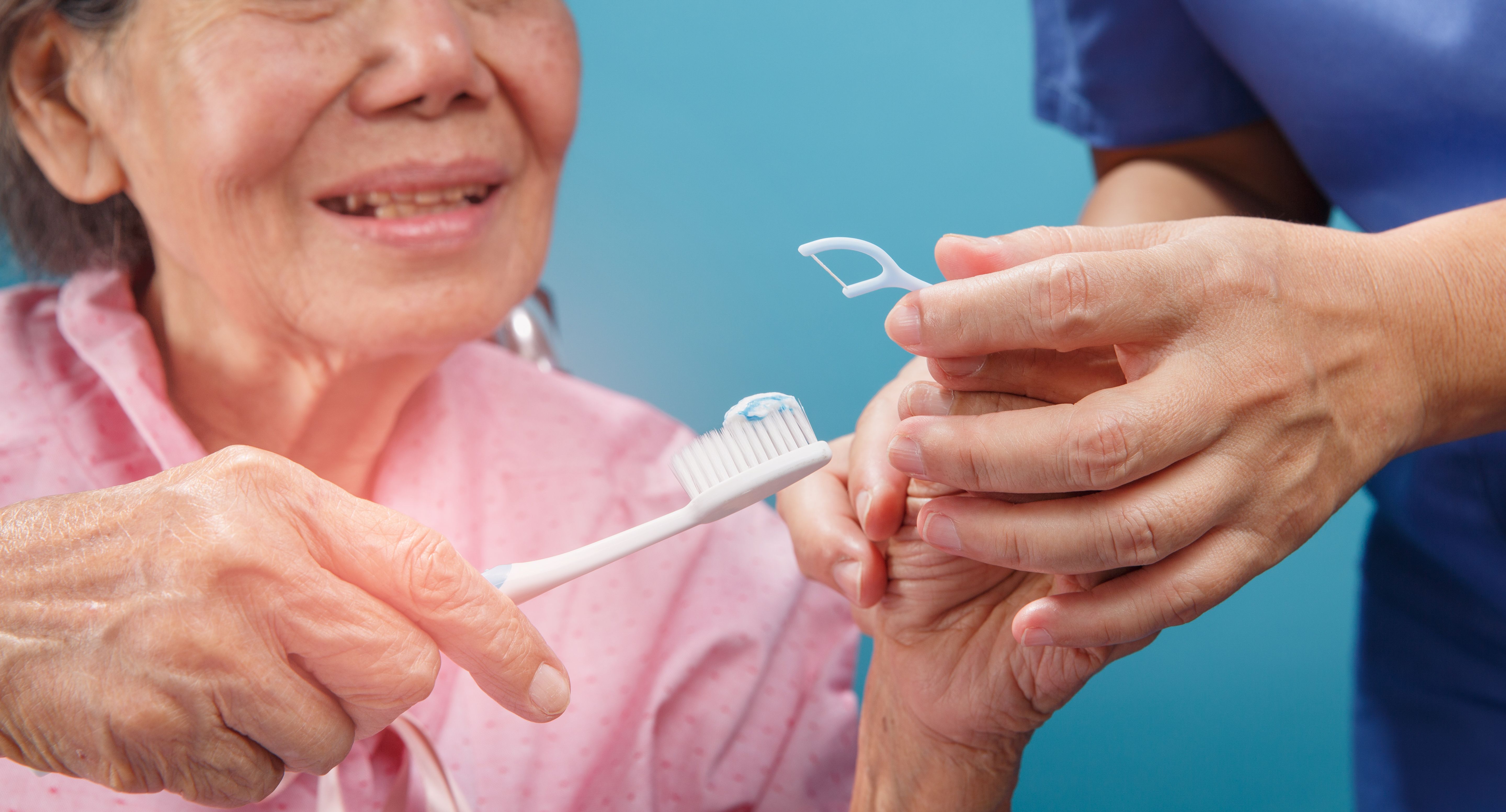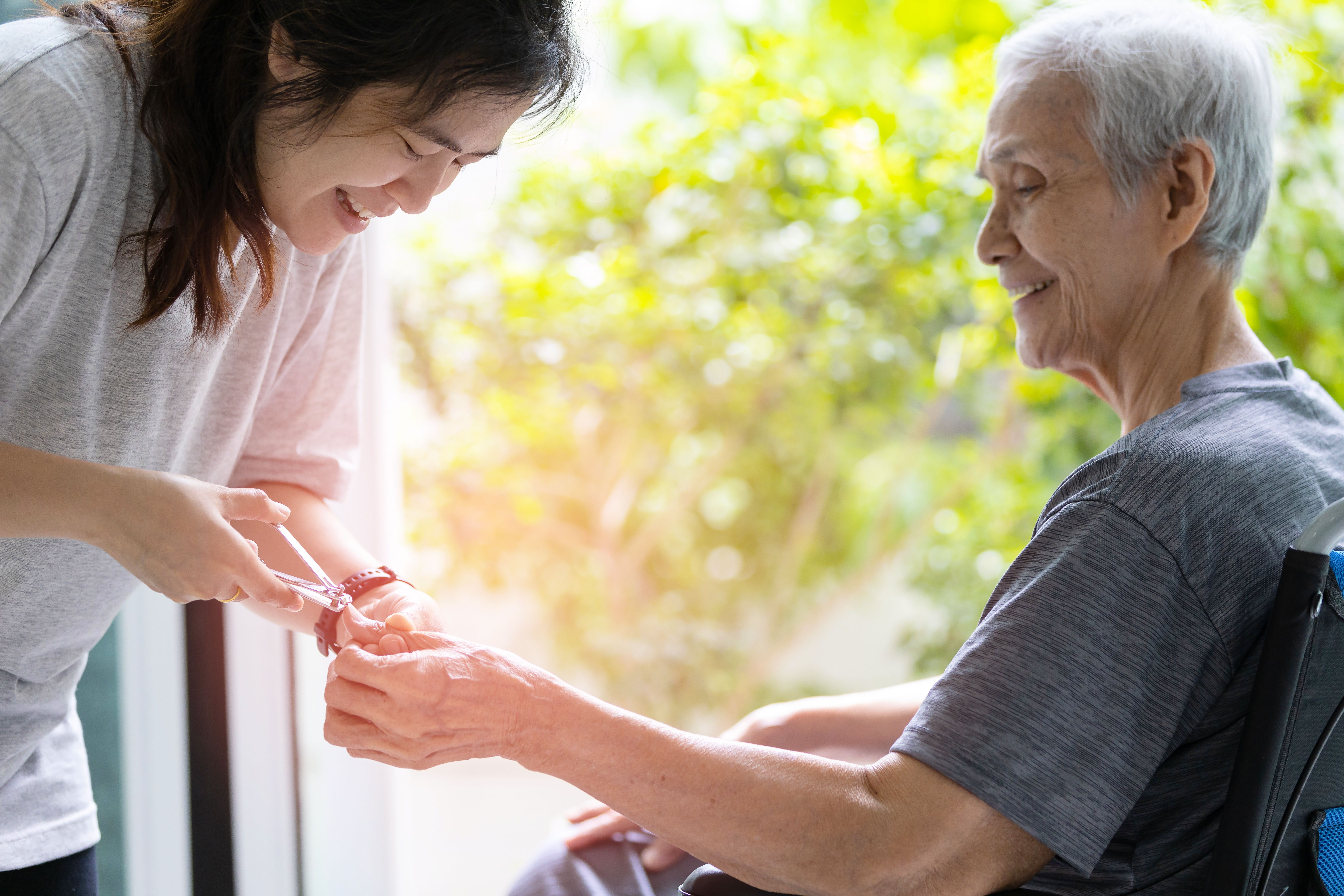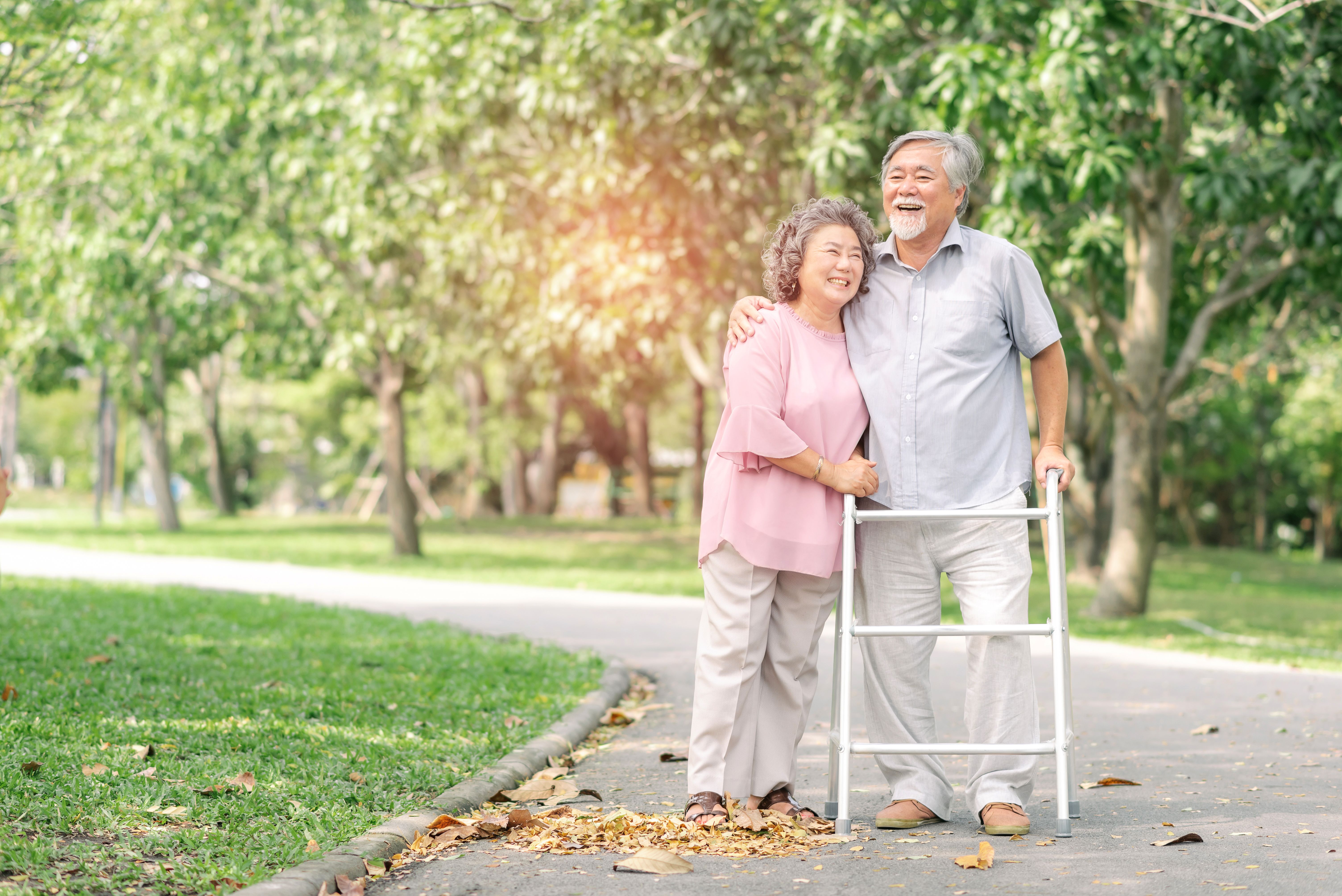Observing is believing: Assessing the condition of a care receiver
- CareBuddy
- 4 Mins Read
- 26 Sep 2022
- Caregiving

One of the most pivotal activities of a caregiver is to observe the condition of a care receiver at any given moment in time. Only if you observe can you take action, be it to change your care procedure in some way, or to seek immediate medical help.
Observation
- Use your five senses to see, hear, smell, taste or feel anything that represents their current state of the care receiver. If anything suggests a change in condition, ask the care receiver if they feel anything different about them. Don’t believe a “no problem” statement as this could be due to the care receiver’s hesitation in sharing or a belief that something is not a problem.
- But in the event that the care receiver is complaining about something, pay attention, because that’s likely to be true.
- Observe objective information about the care receiver’s condition using devices such as thermometer, manual sphygmomanometer and weight scale.
Examples of things worth observing include
- Skin, e.g. complexion changes, hot flushes, moist skin, edema
- Motion, e.g. walking gait and speed
- Facial expressions, e.g. sudden discomfort or pain
- Food and water intake
- State, amount and colour of excreta
- Condition inside the mouth
Recording
Turning observation into action begins with recording them. Recording serves the following purposes:
- Acts as information that facilitates systematic and continuous care.
- Improves the communication among caregiver, care receiver and family.
- Serves as a legal proof of the care provided.
- Acts as valuable information to build a bigger body of knowledge that helps other care receivers.
Checking vital signs
- Consciousness: Talk to the user and check their reactions. If unresponsive to words, press their shoulders and see if they respond to it.
- Breathing: Normal breathing rate is 15 to 20 breaths per minute, at rest. Observe the rise and fall of the person’s chest. One respiration (breath) is one complete rise and fall of the chest. Count the respirations in 1 minute. Observe whether breathing is same as usual or if it’s quicker, slower, shallower or deeper, or if the nostrils move, the lower jaw is unusually lowered, etc.
- Body temperature: Normal body temperature is about 37°C. Assess whether the body temperature is rising and decreasing too much as it could be due to an infection (in the case of rising temperature) or poor blood circulation (in the case of decreasing temperature)
- Blood pressure: Normal blood pressure is 120/80. Make sure you familiarise yourself with a blood pressure measuring device in advance before you start providing care.
- Pulse rate: Normal pulse rate is 60 to 100 beats per minute for most adults, but can be as low as 50 to 60 beats per minute for older people. Take note if the pulse rises or decreases too much. Place the second and third fingers on the inside of the wrist at the base of the thumb. Press lightly until you feel the pulse. Look at the watch and count the beats in 1 minute.
Stay alert at all times to observe and record any unexpected changes to any aspect of the care receiver’s condition, be it subjective (e.g. how they are feeling) or objective (e.g. temperature and blood pressure measurement). Act promptly and seek immediate medical help if you suspect any abrupt changes in condition.
Article reviewed by David Tay, Senior Principal Educator (Nursing and Prehospital Care), HMI Institute.
